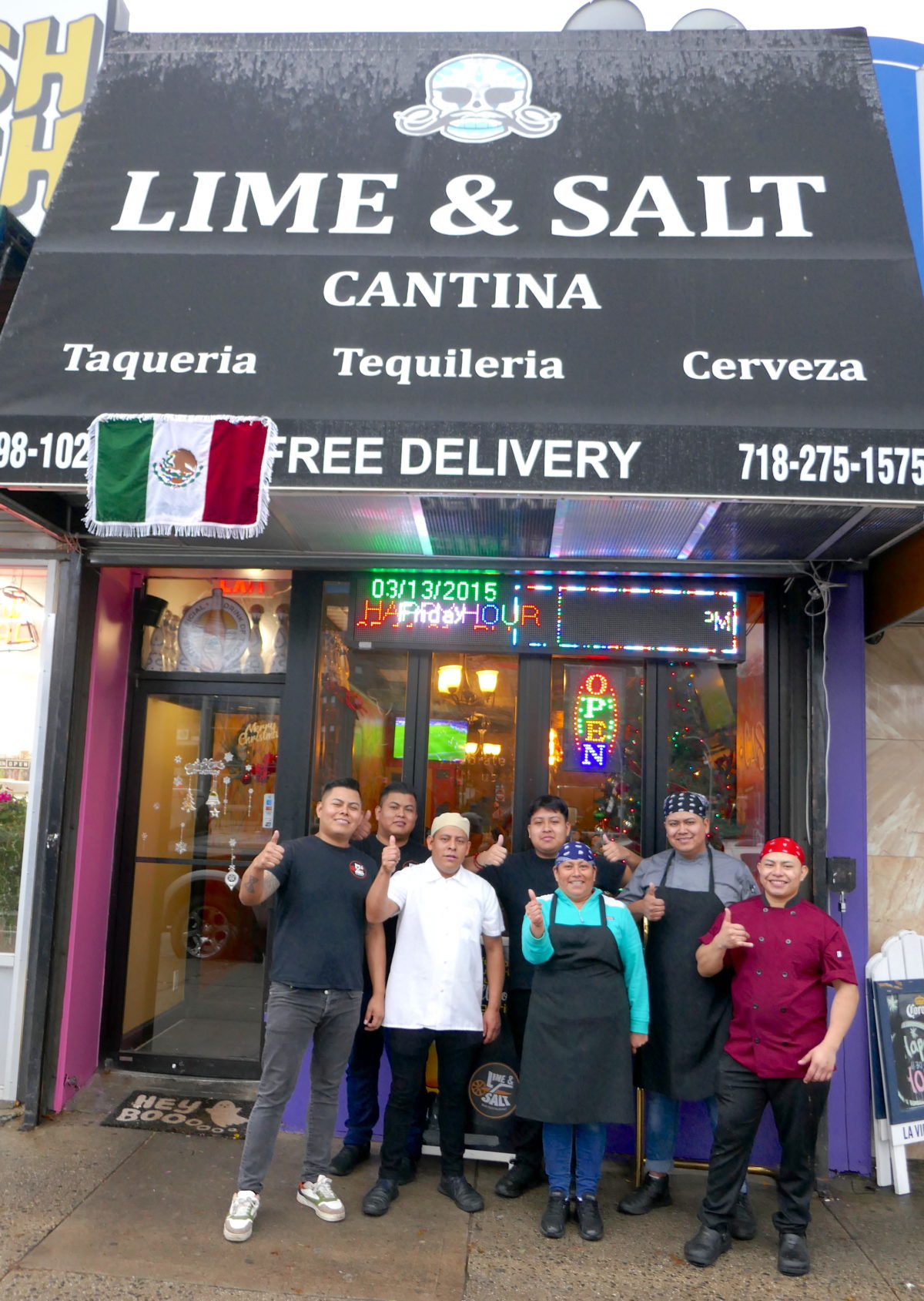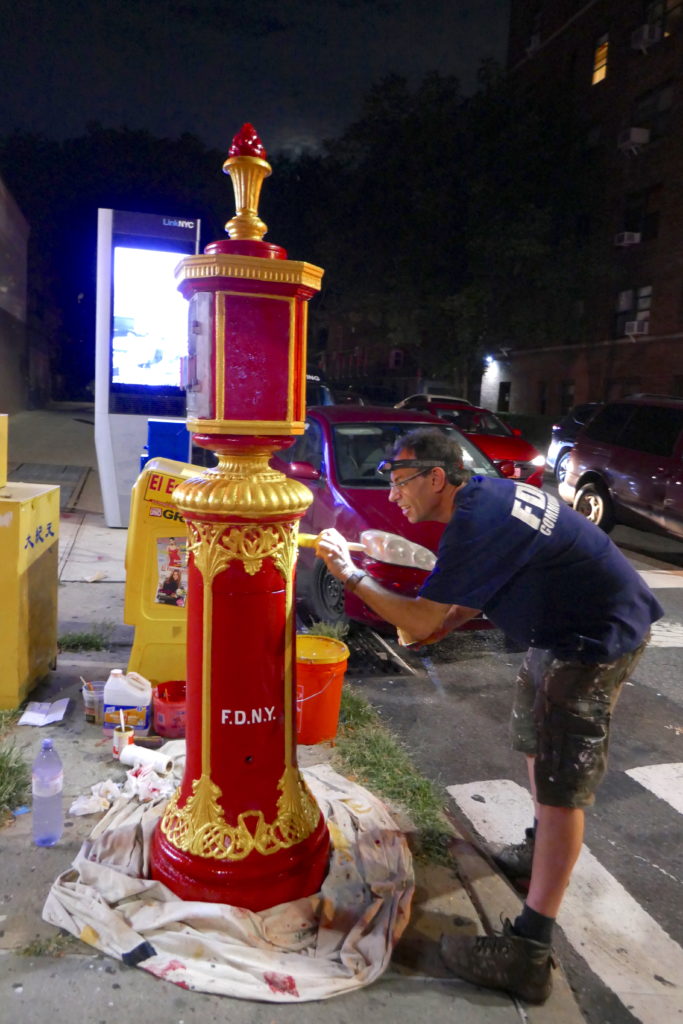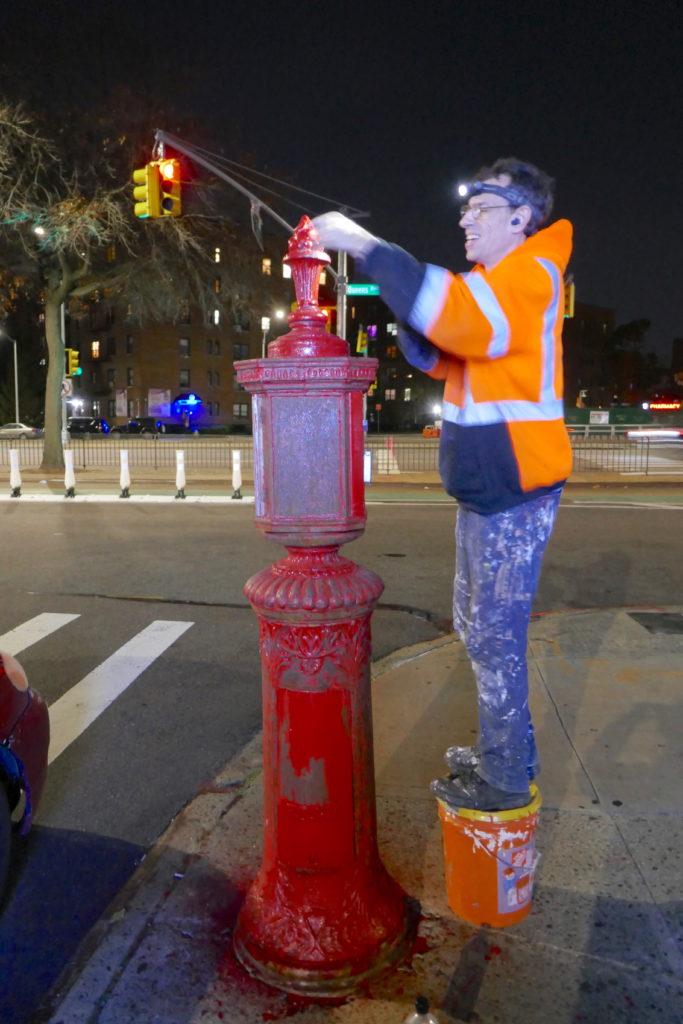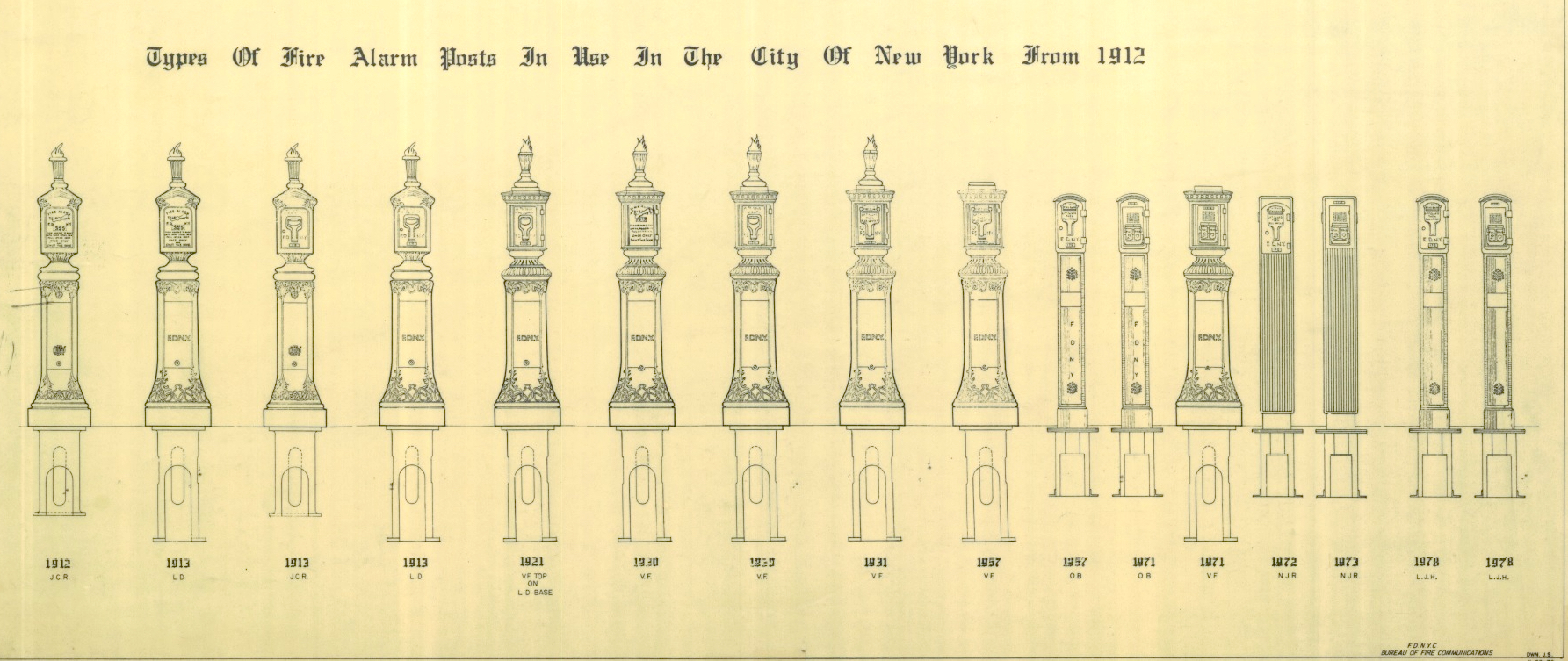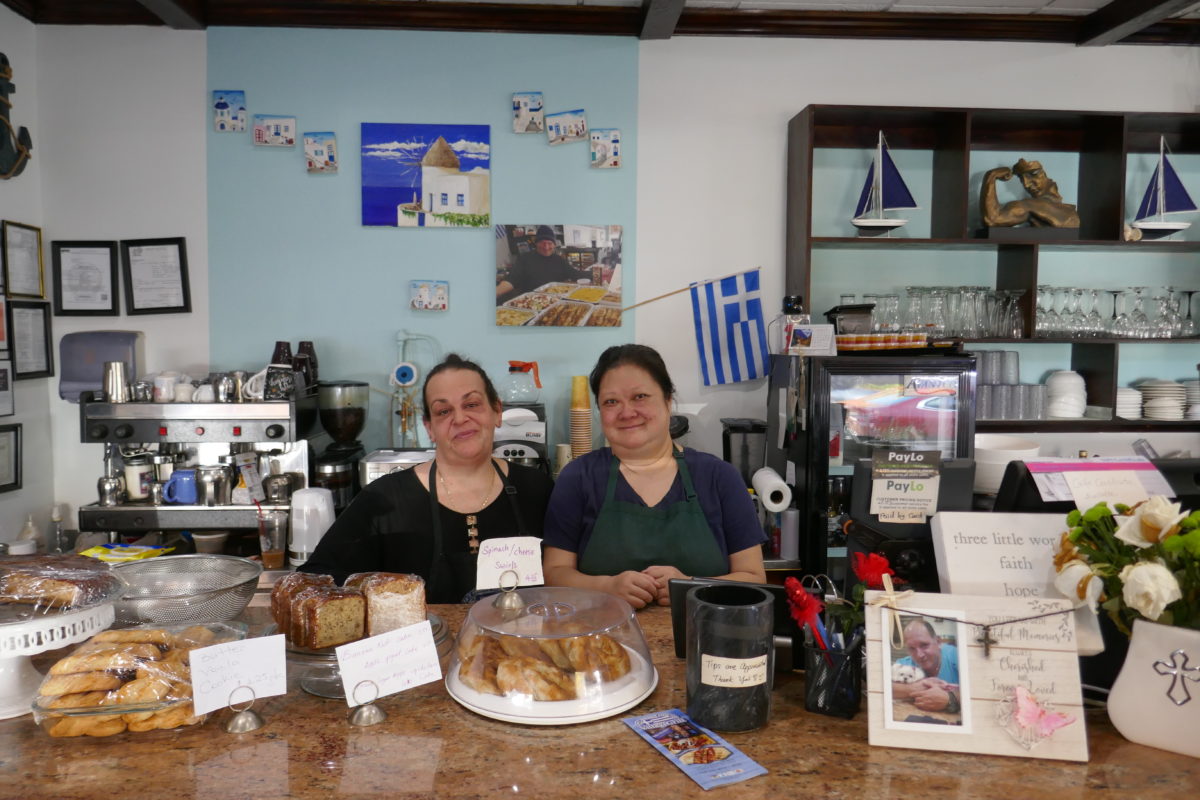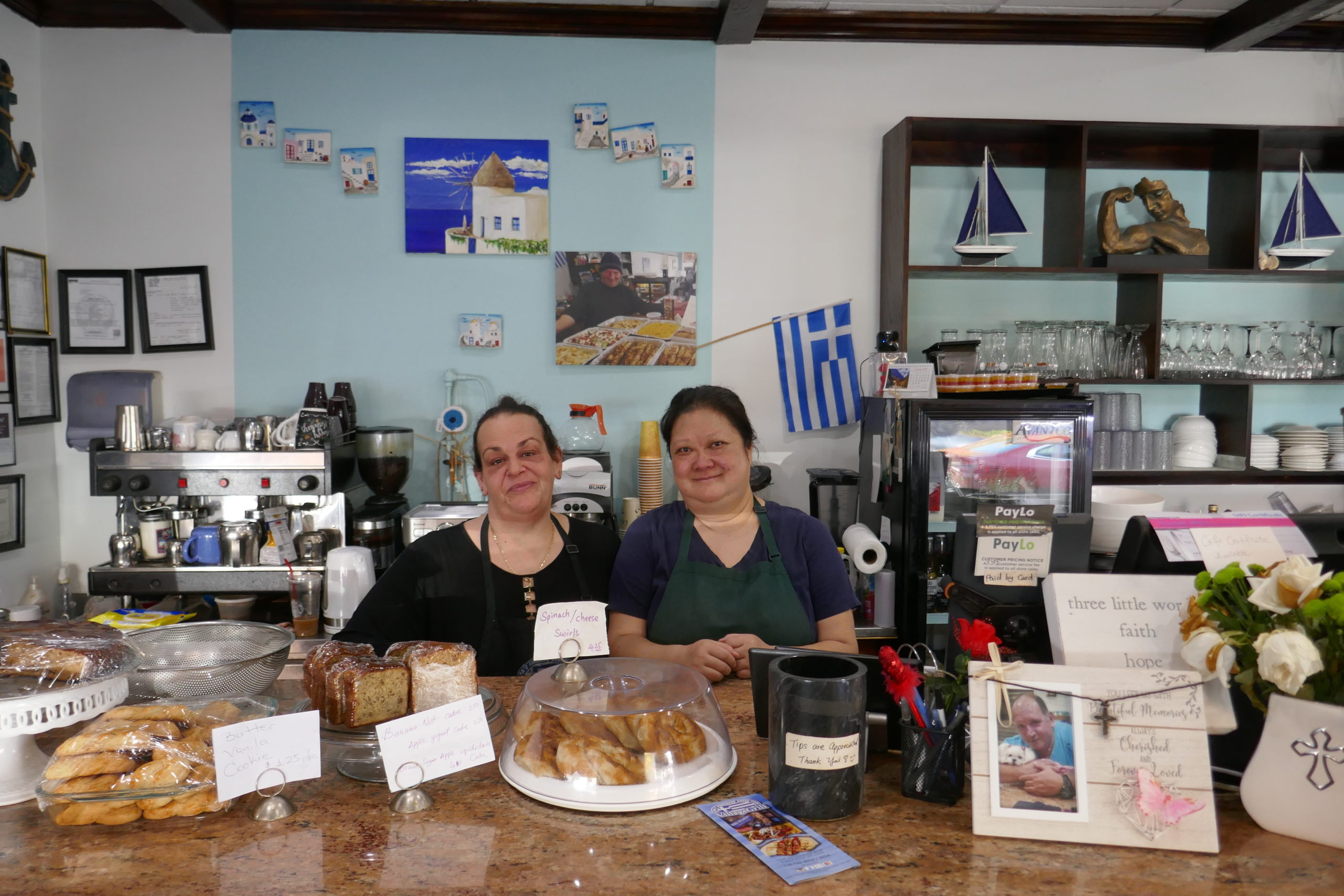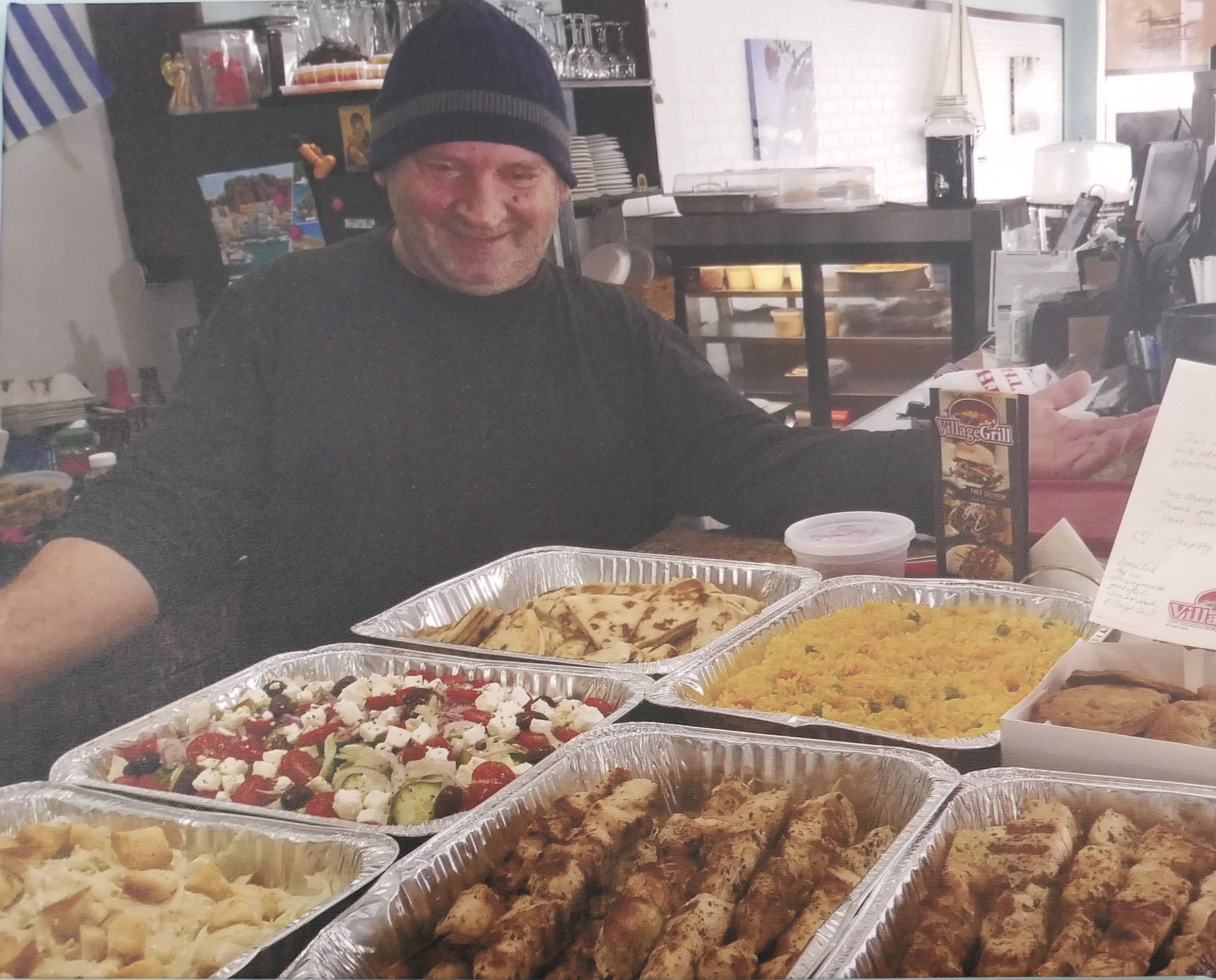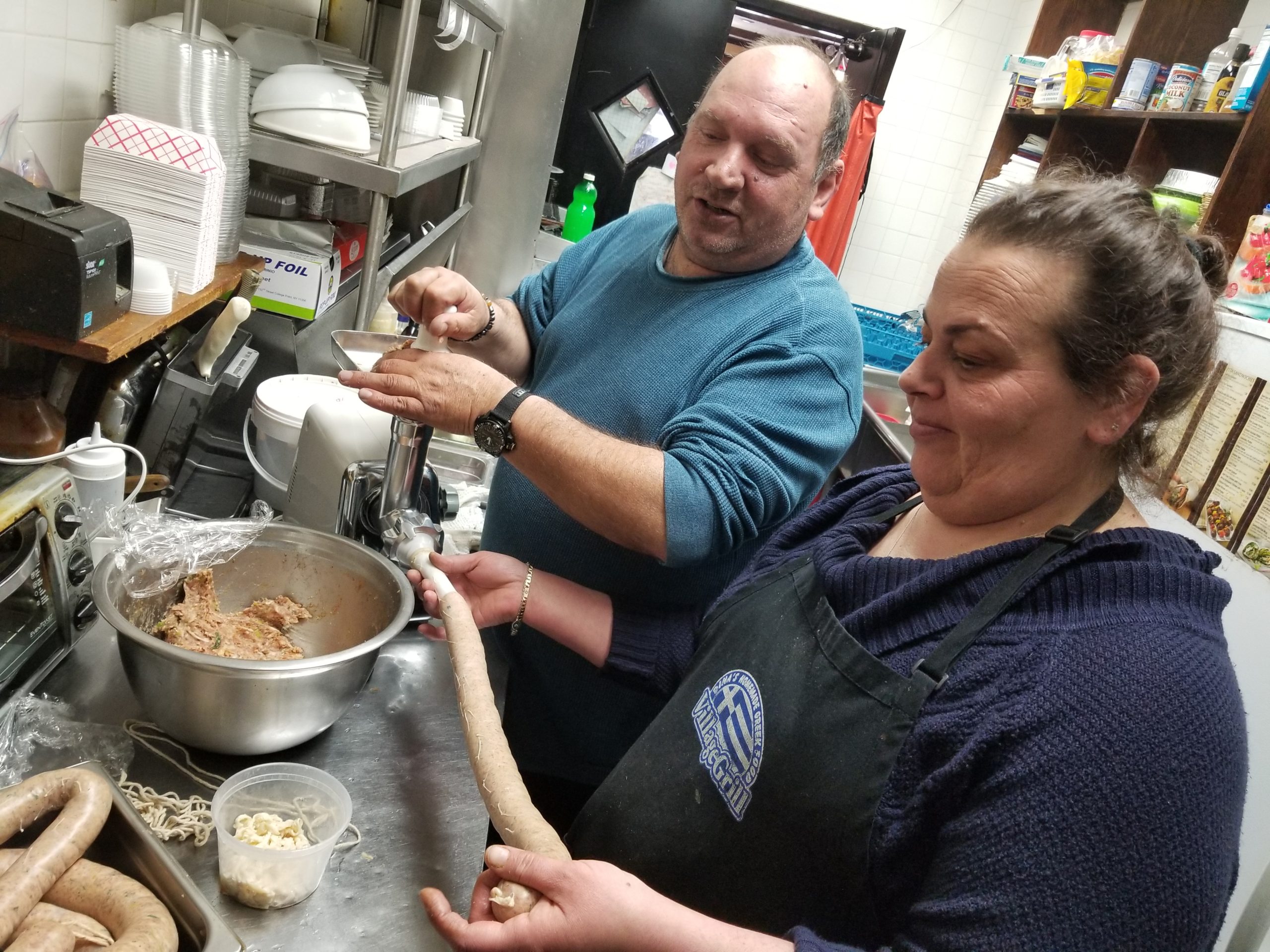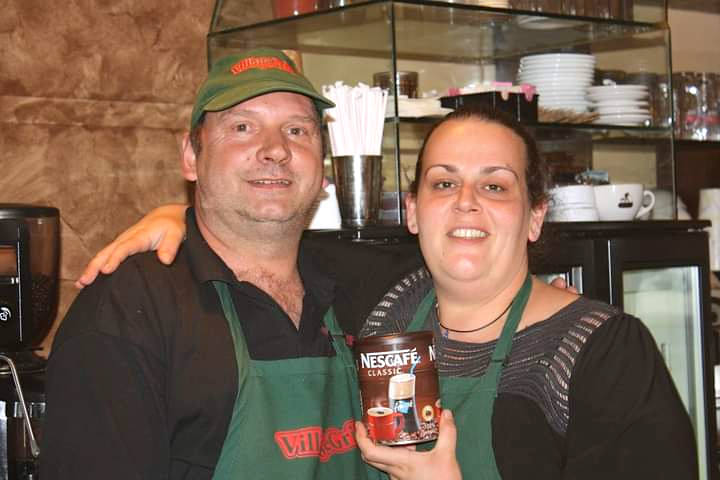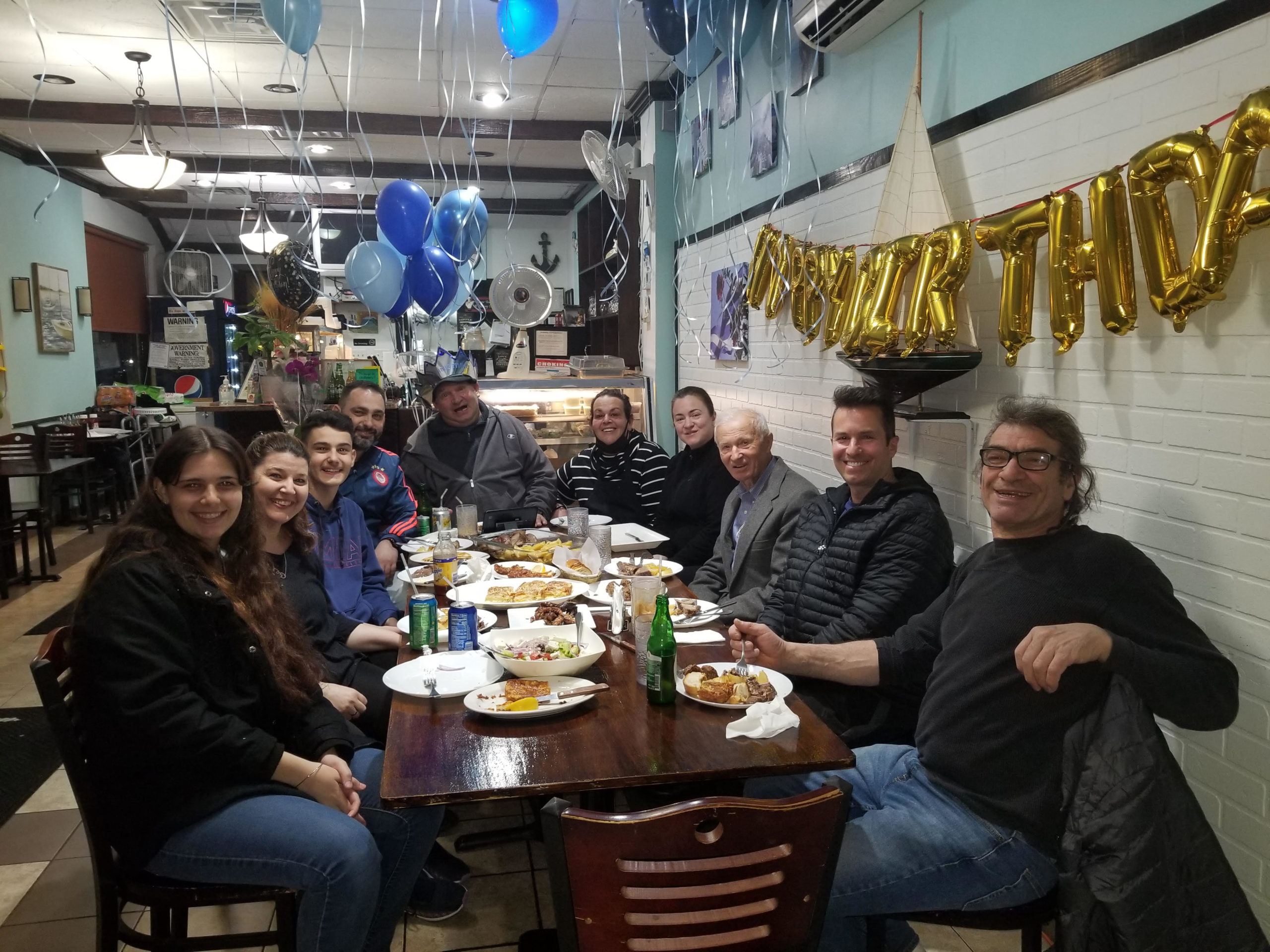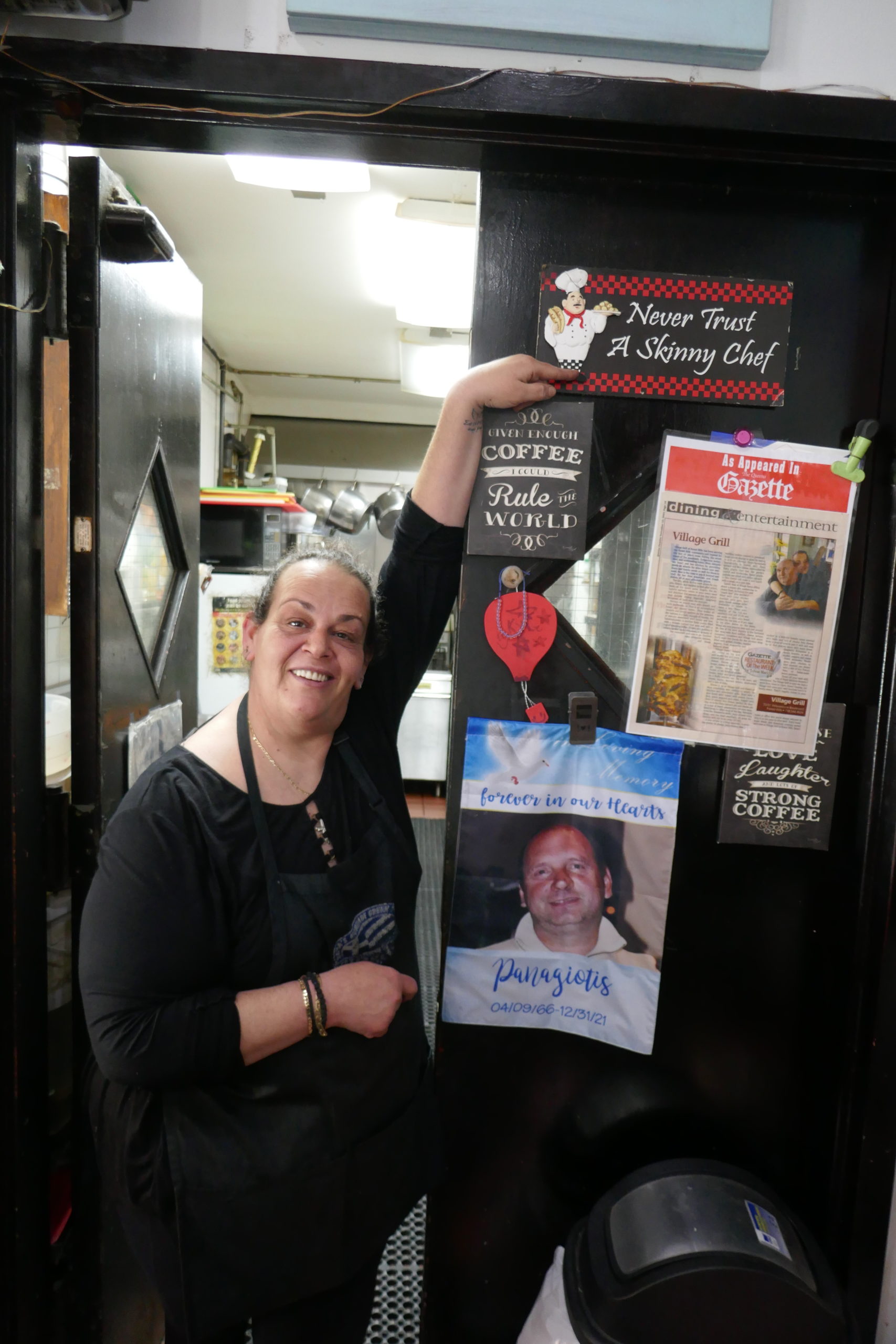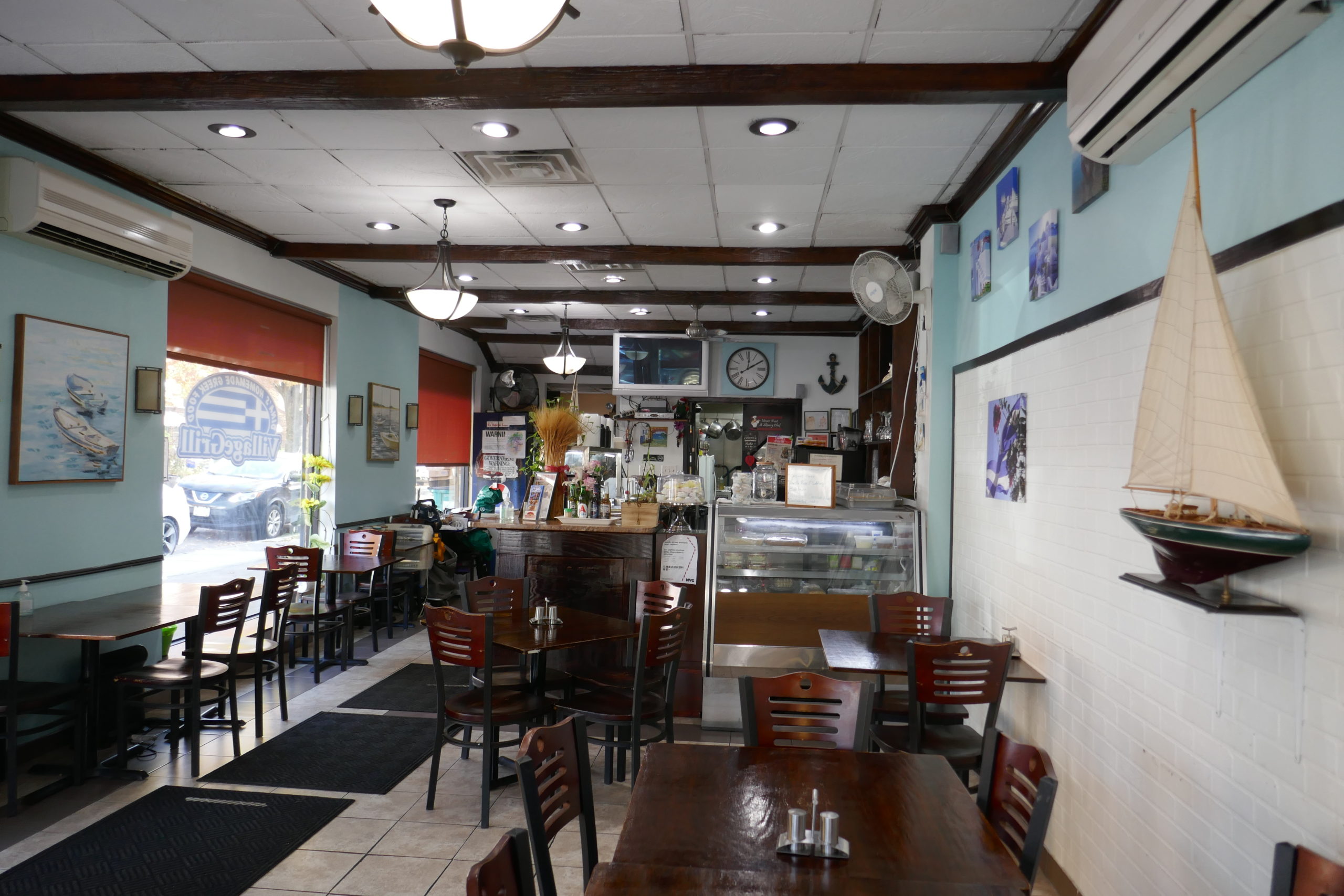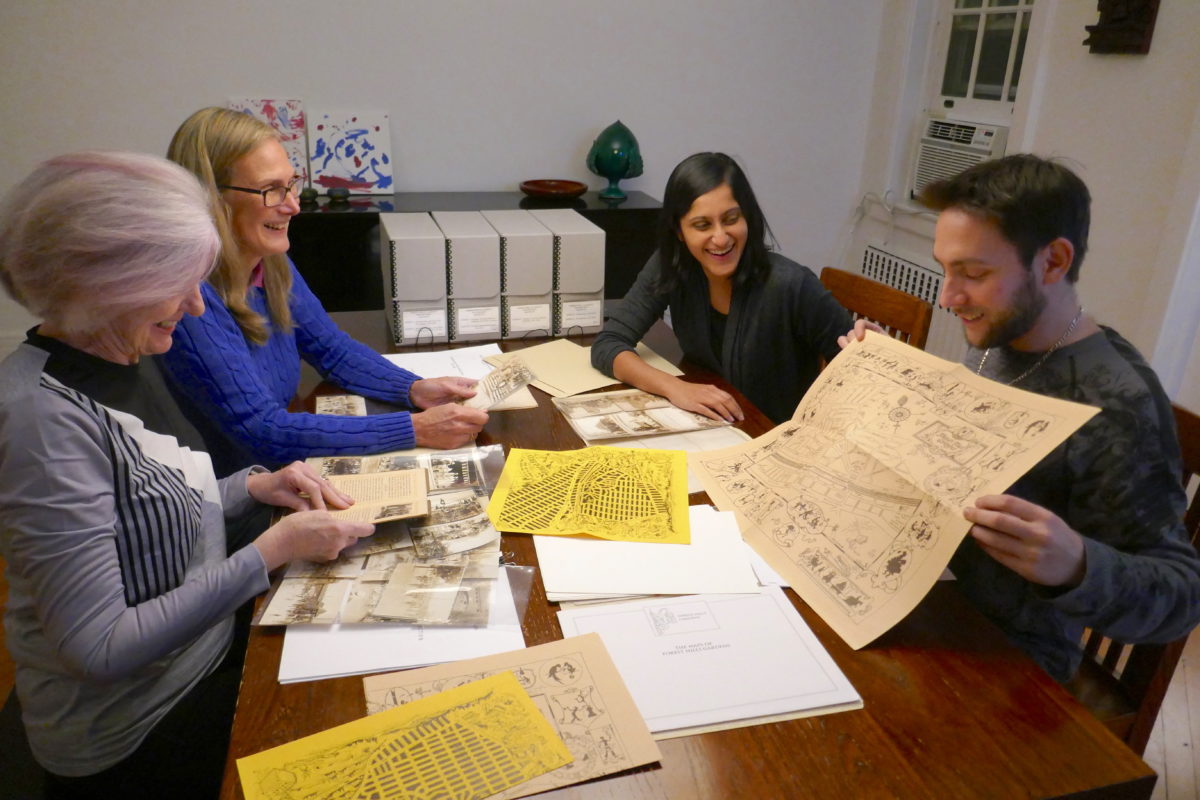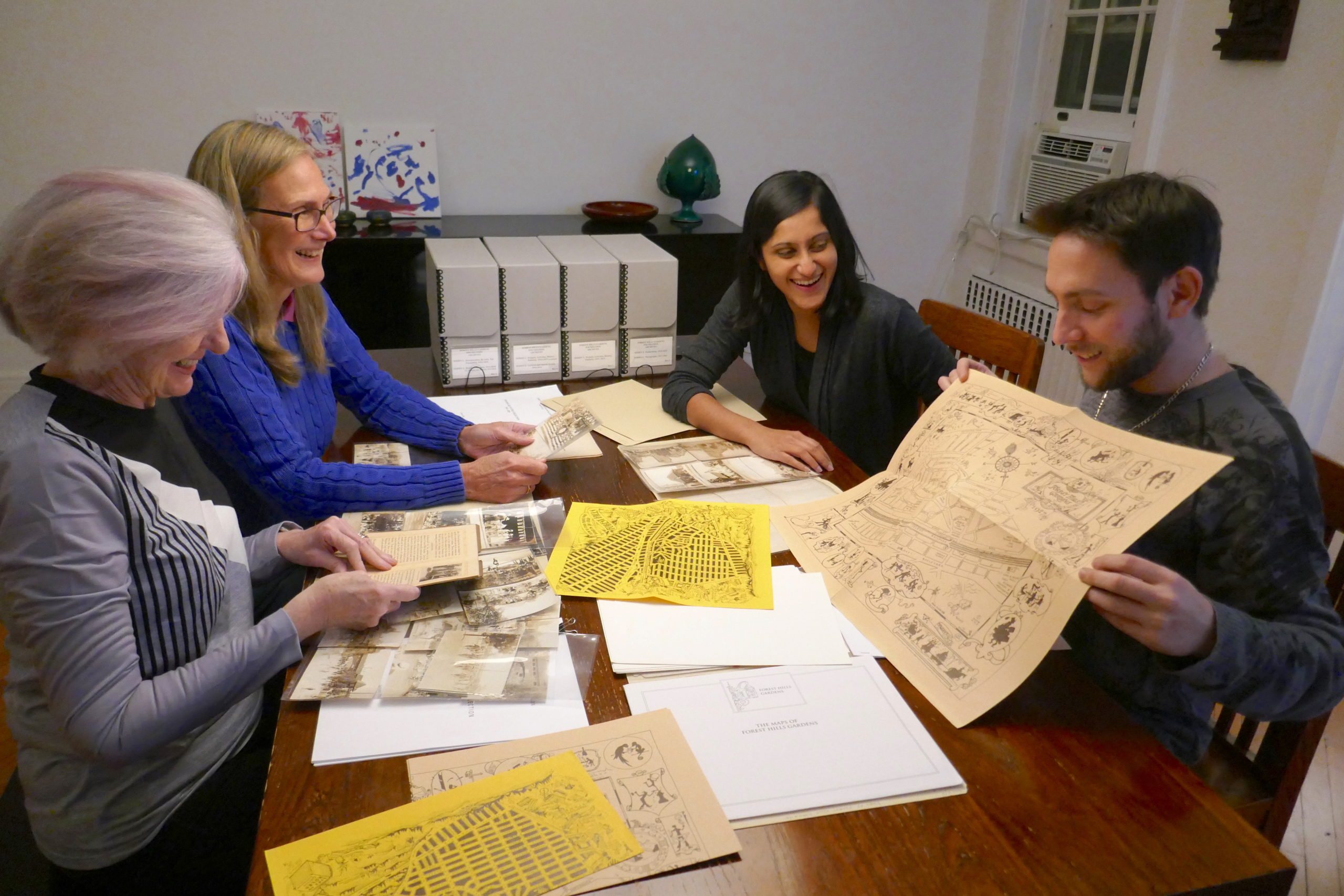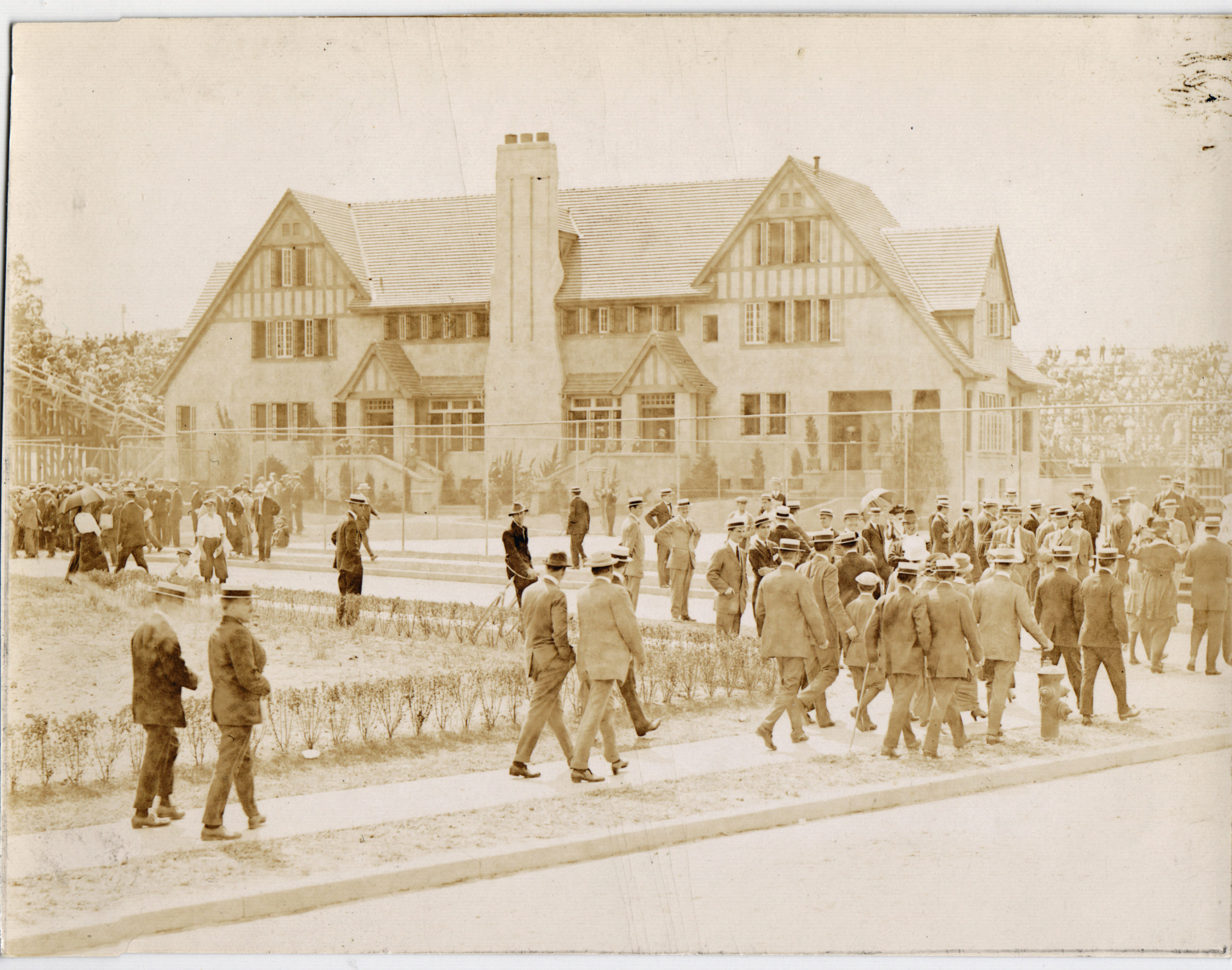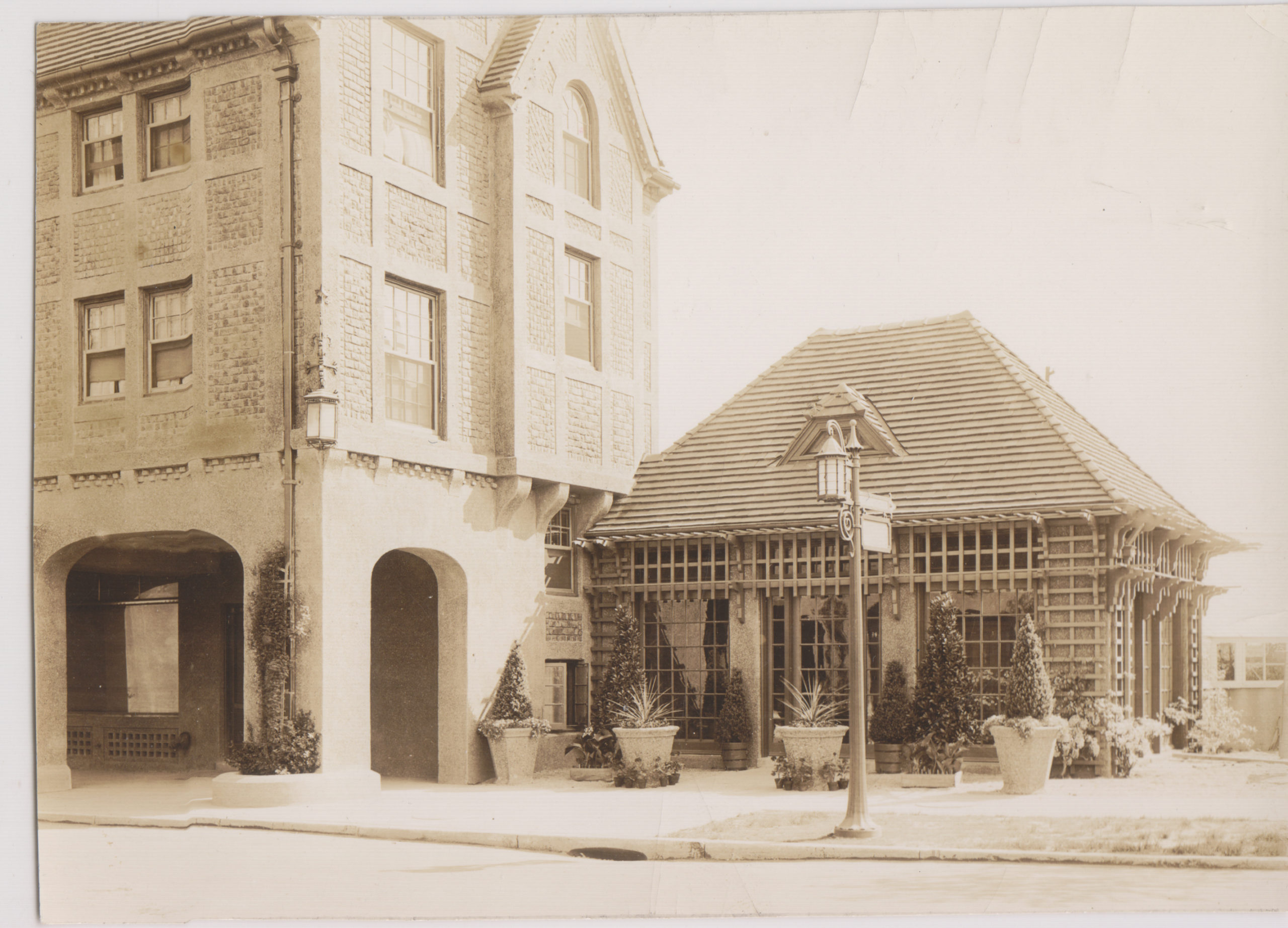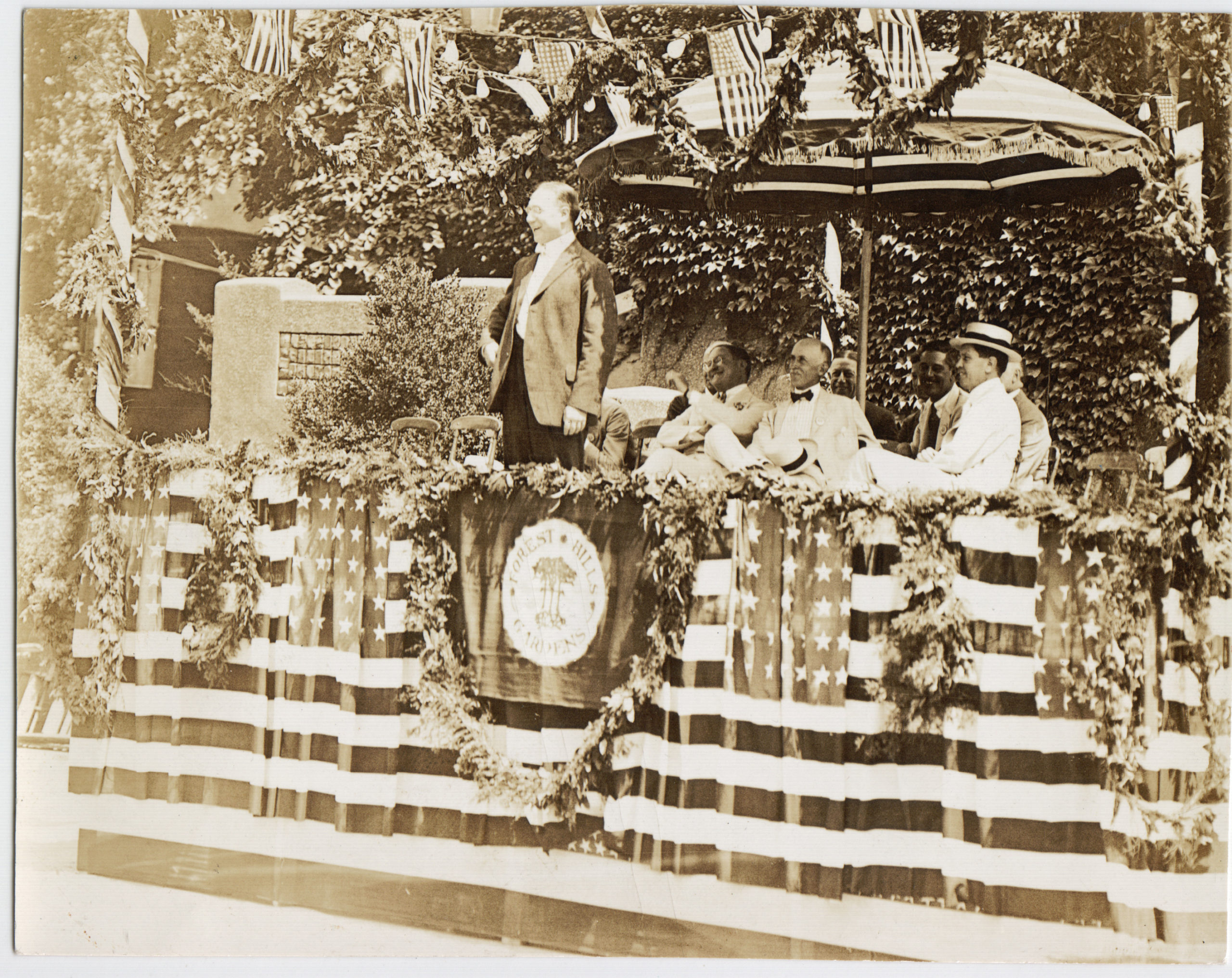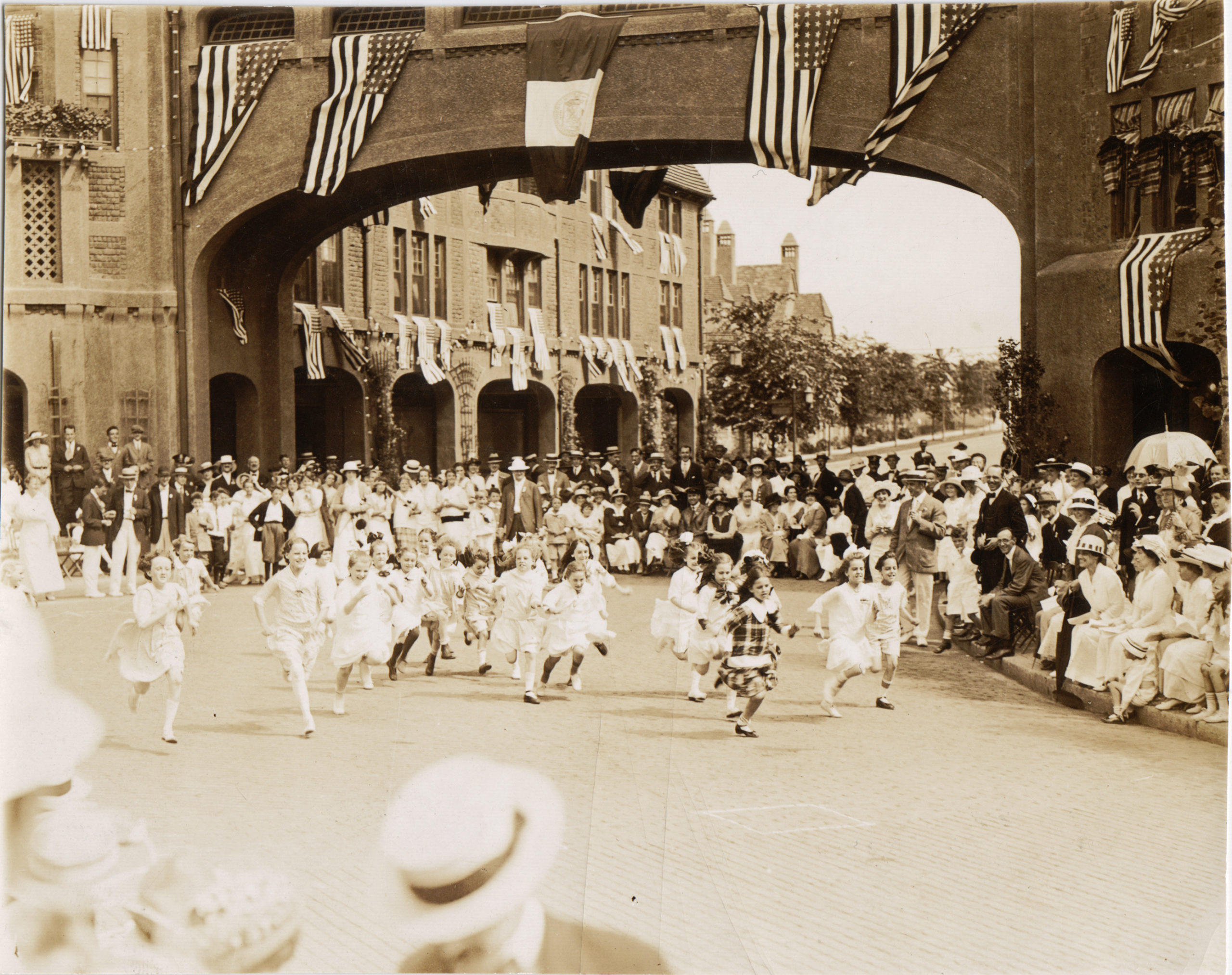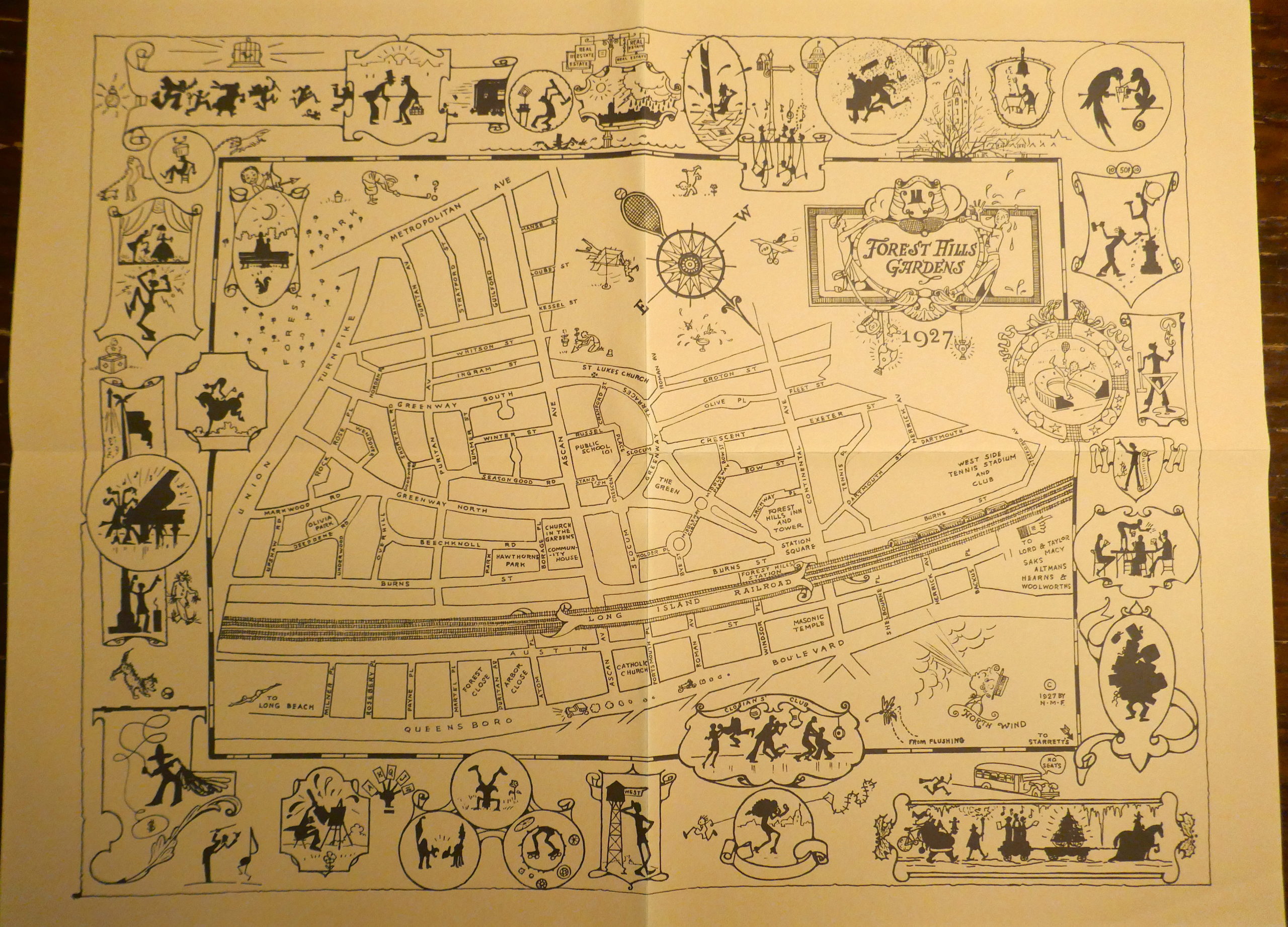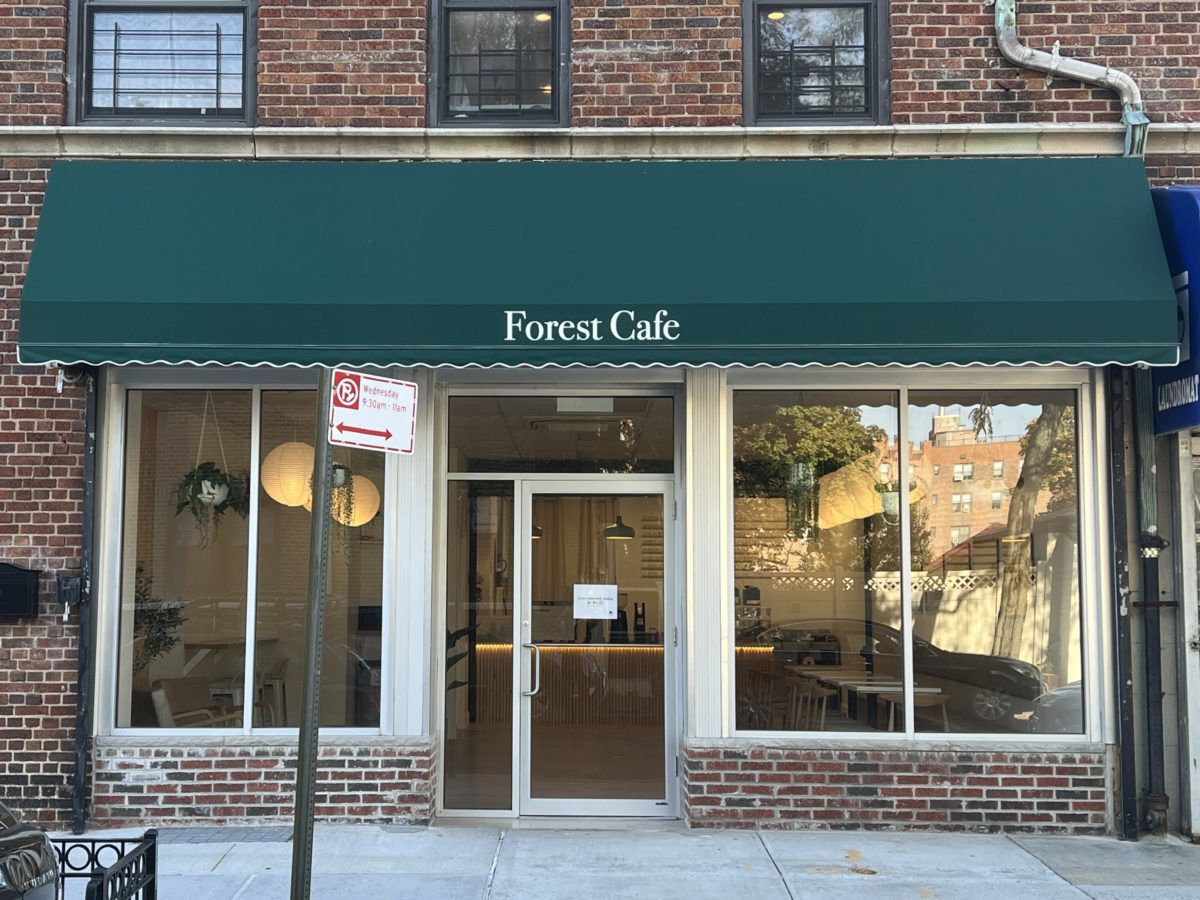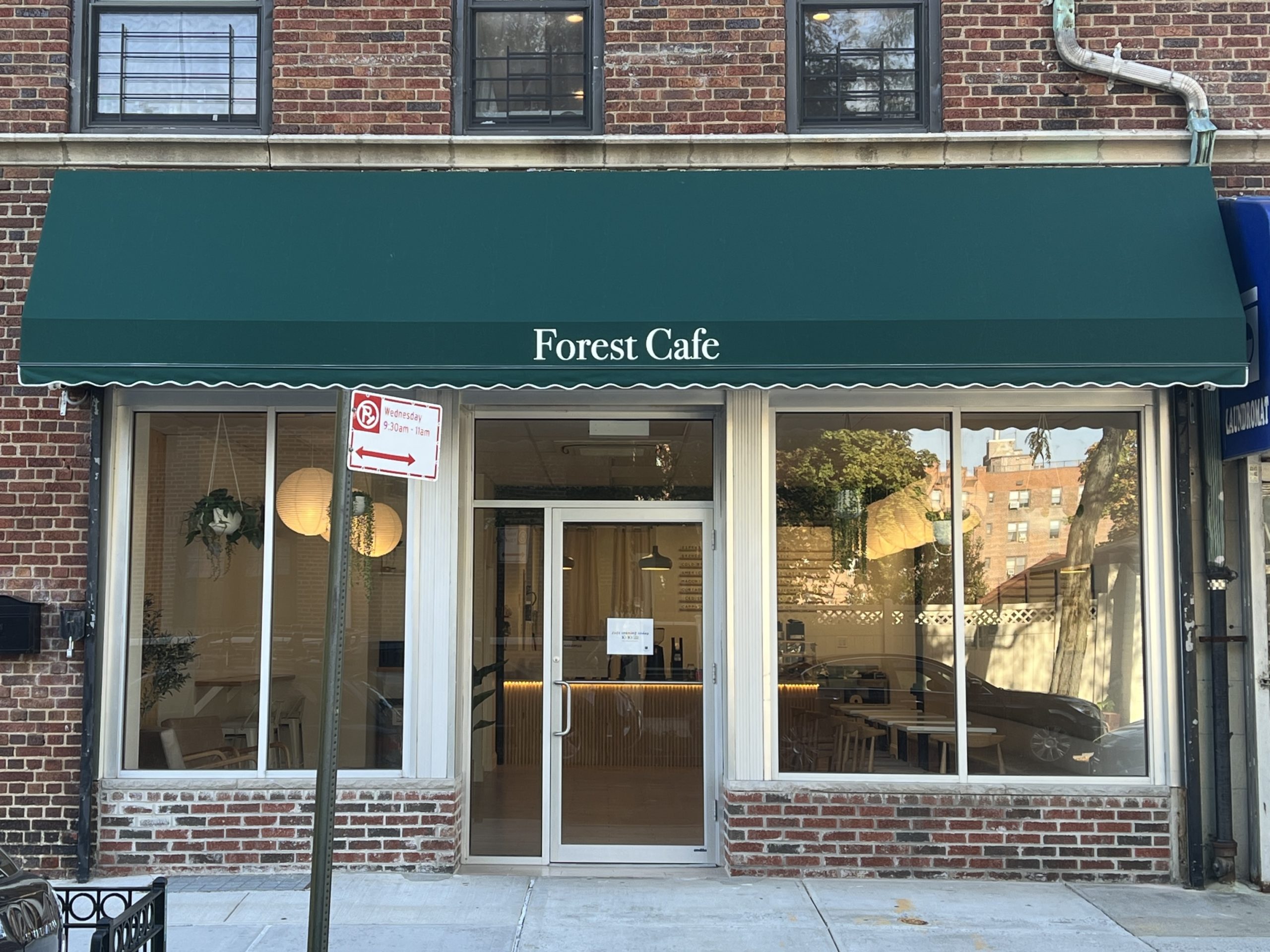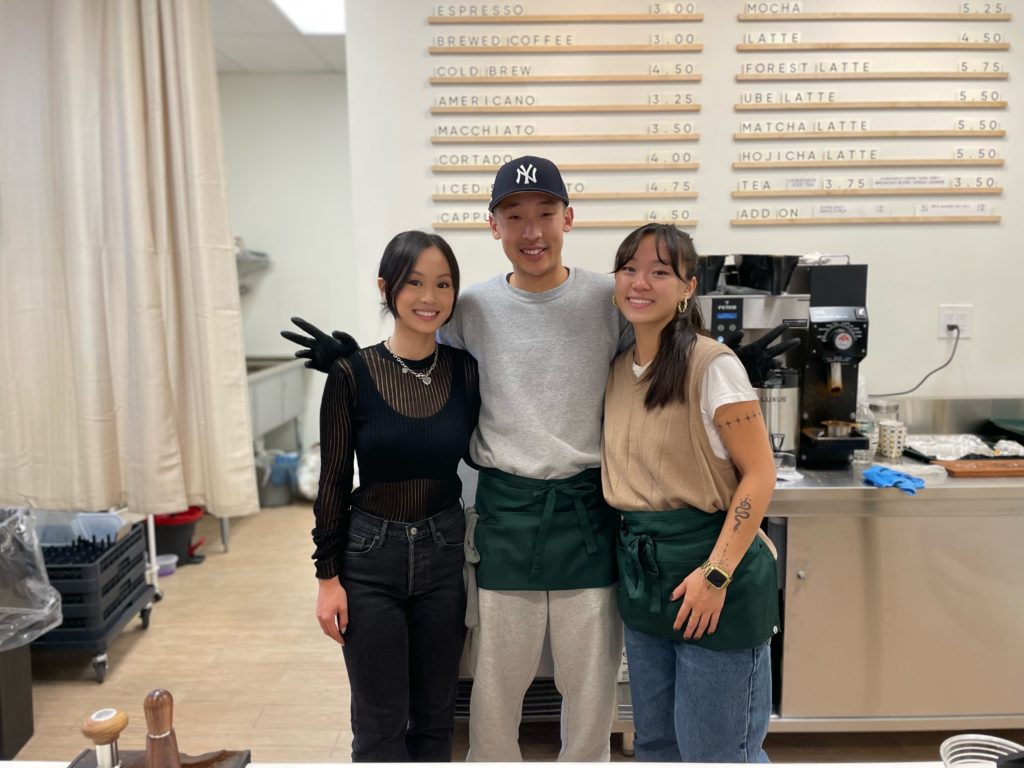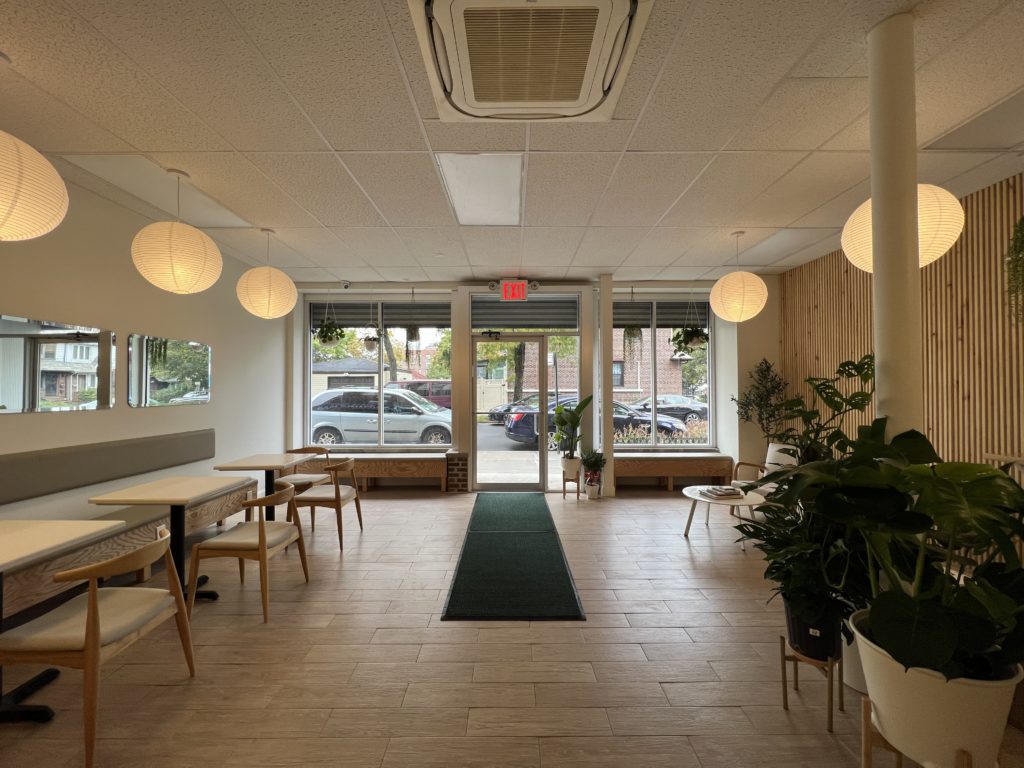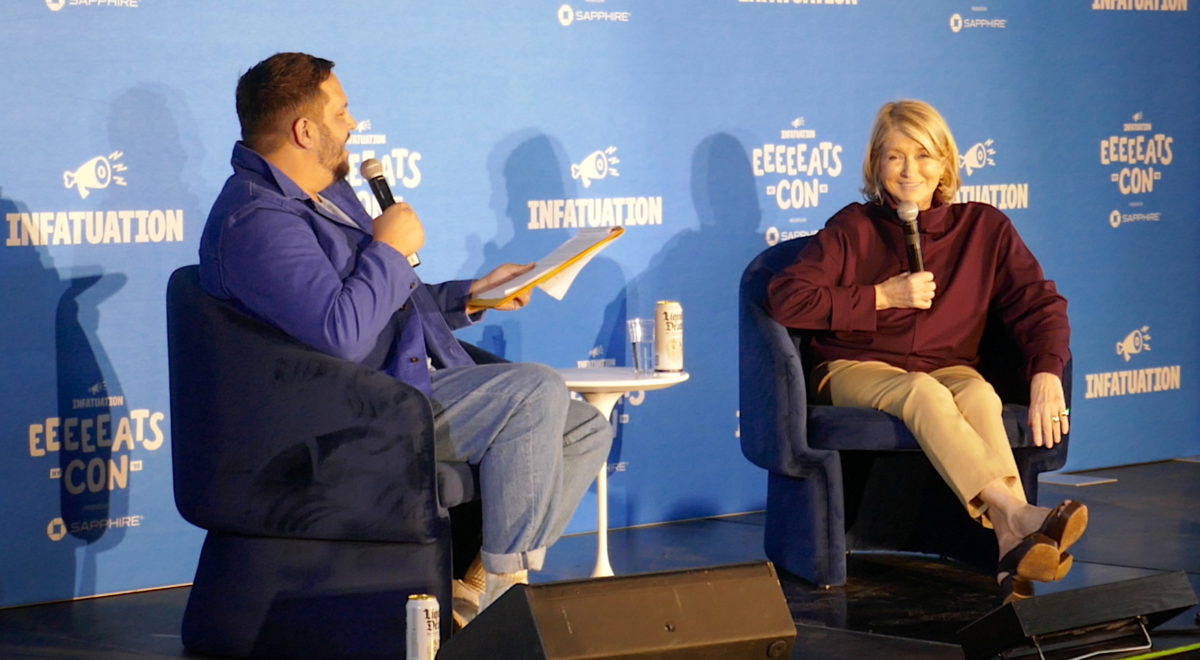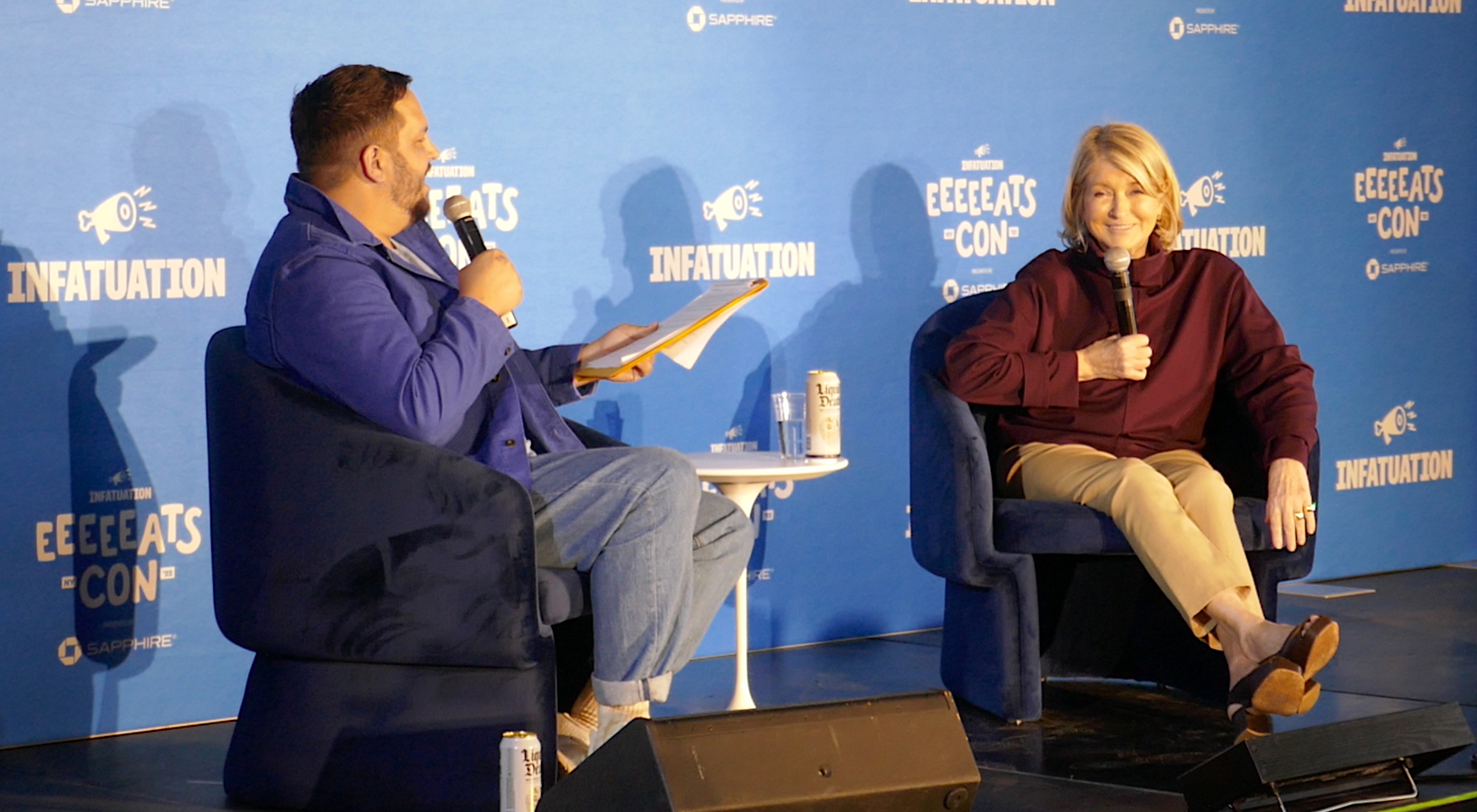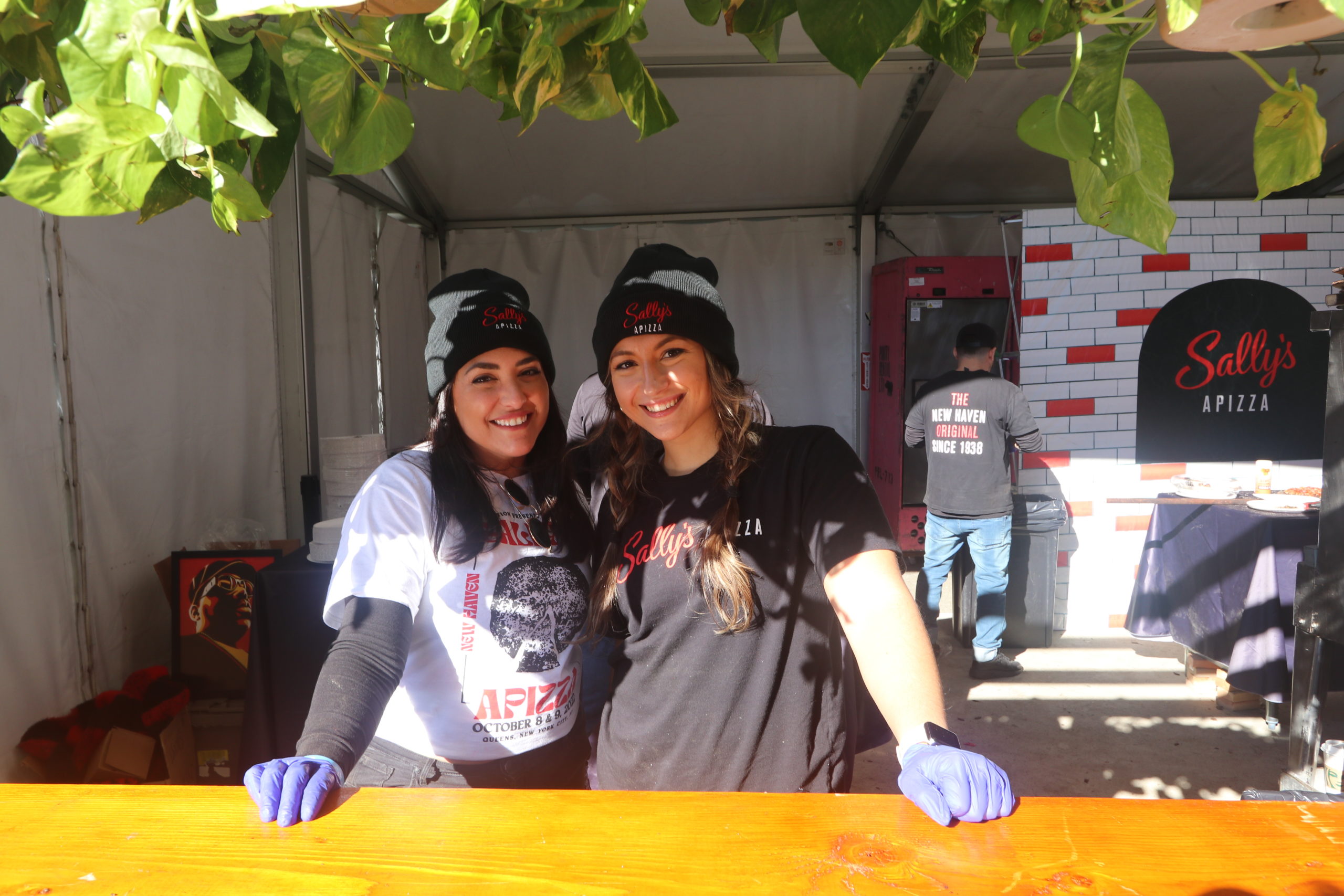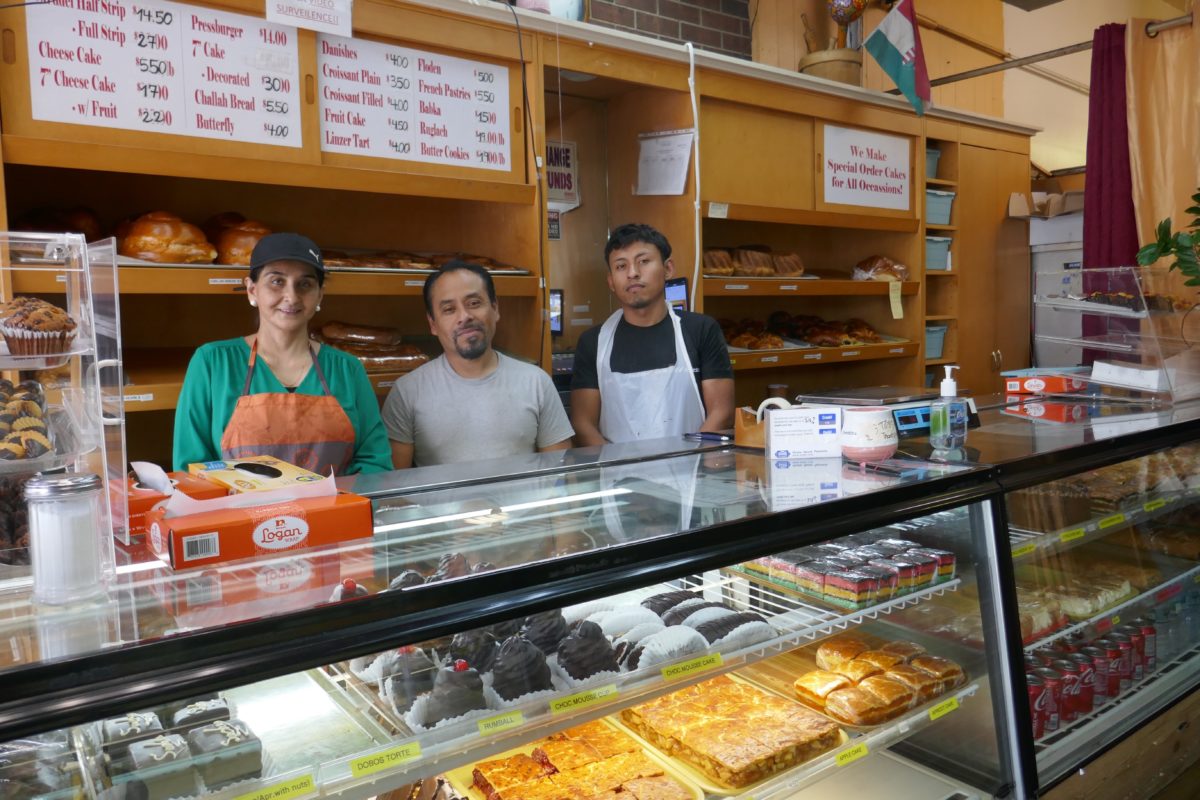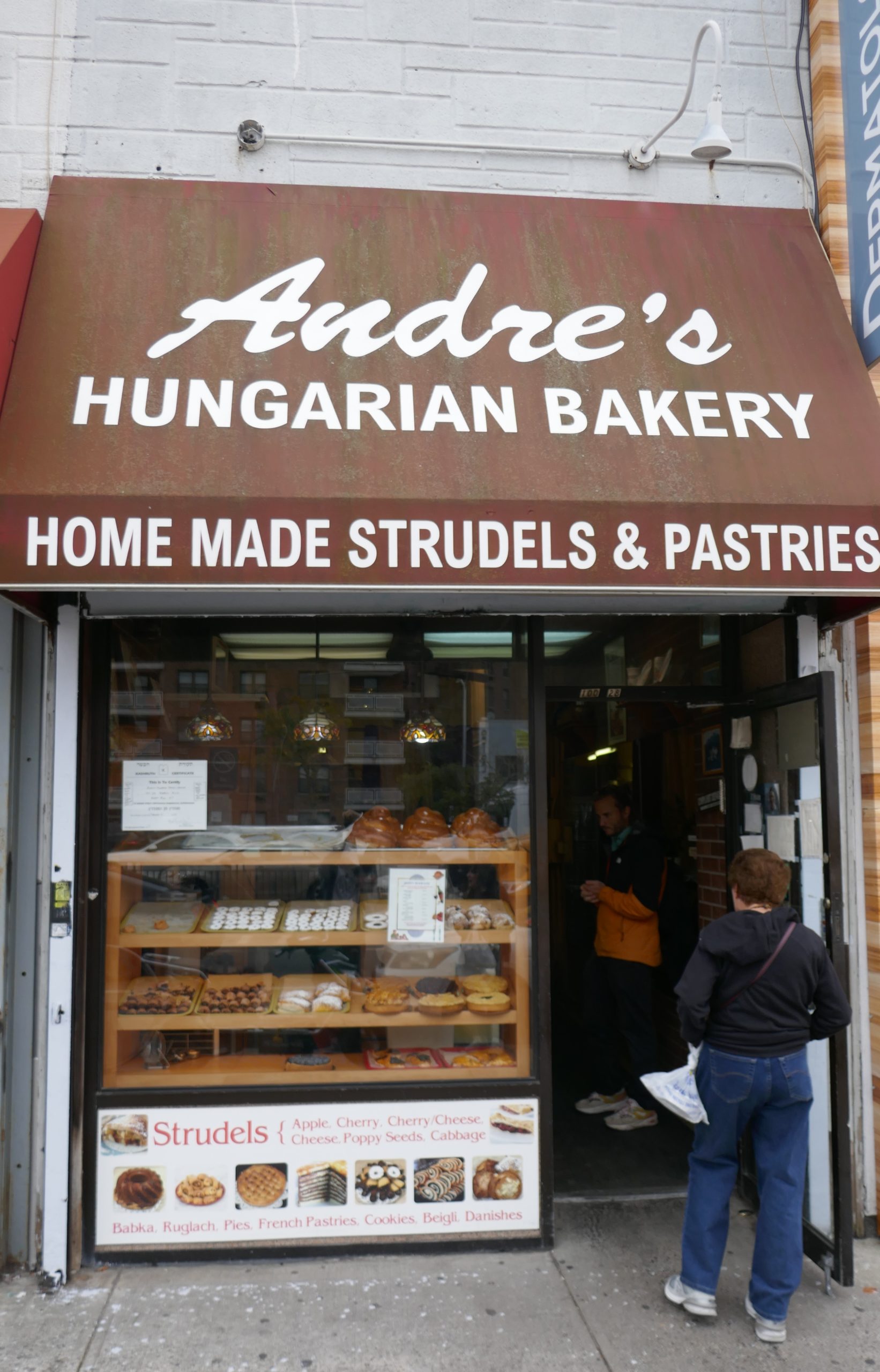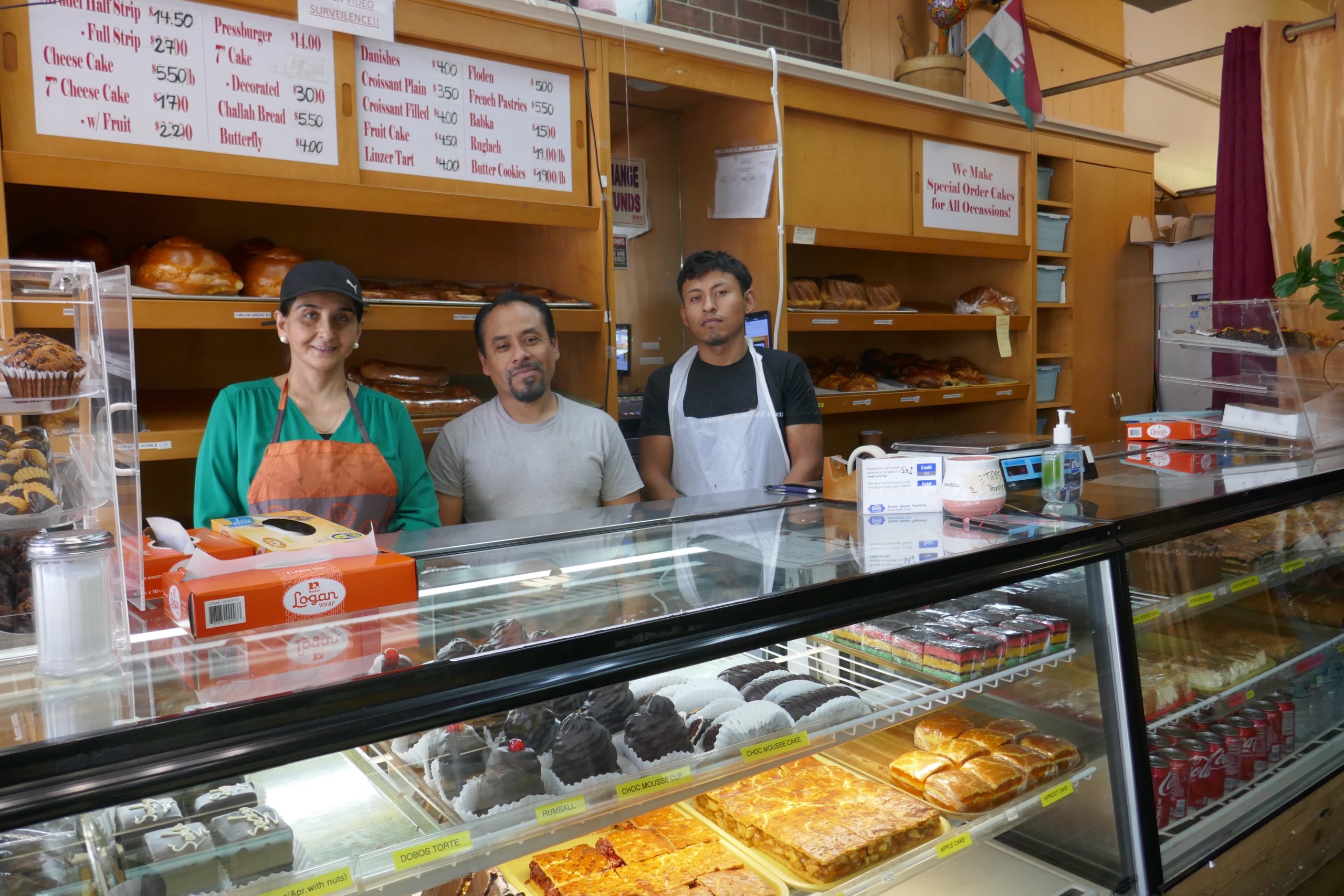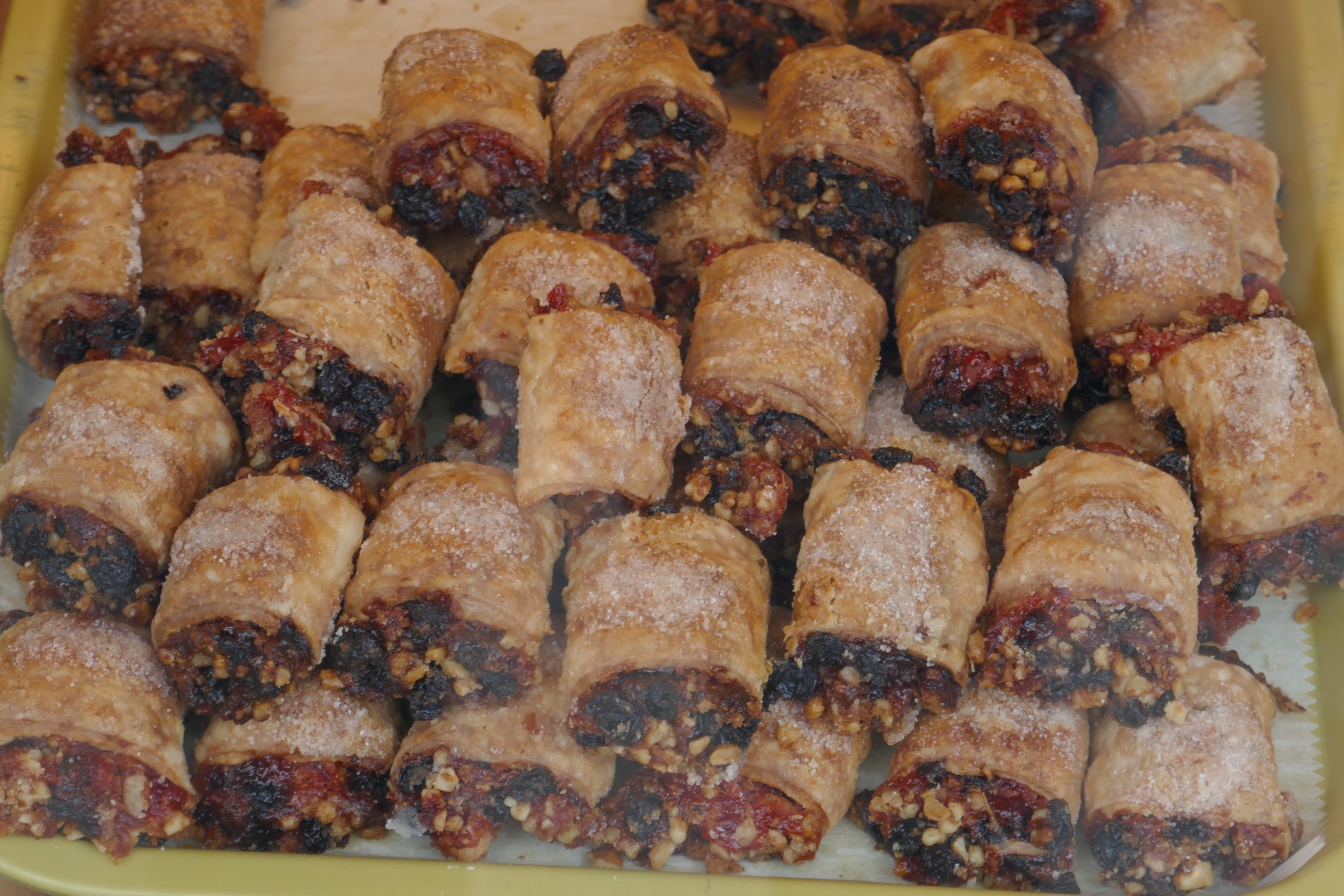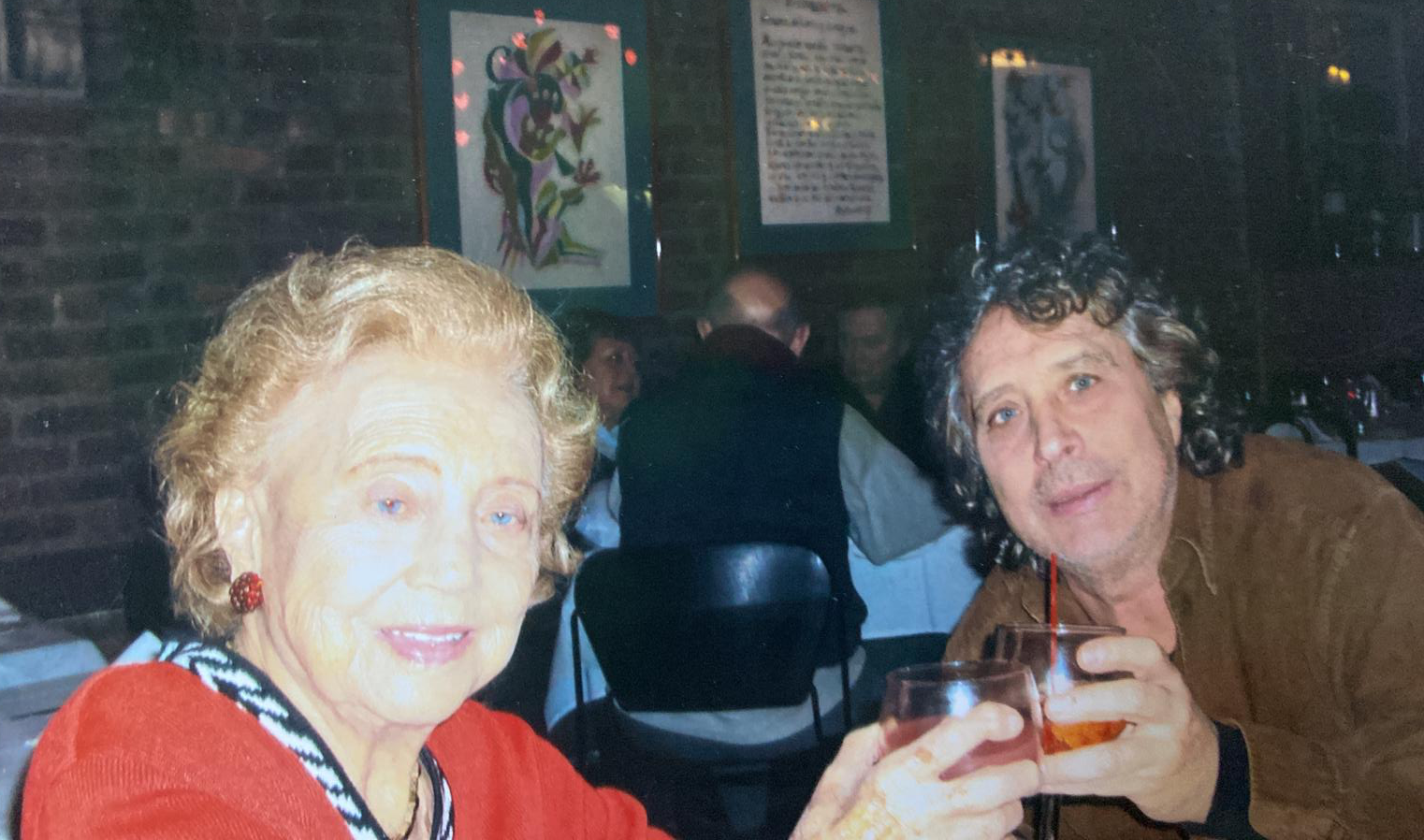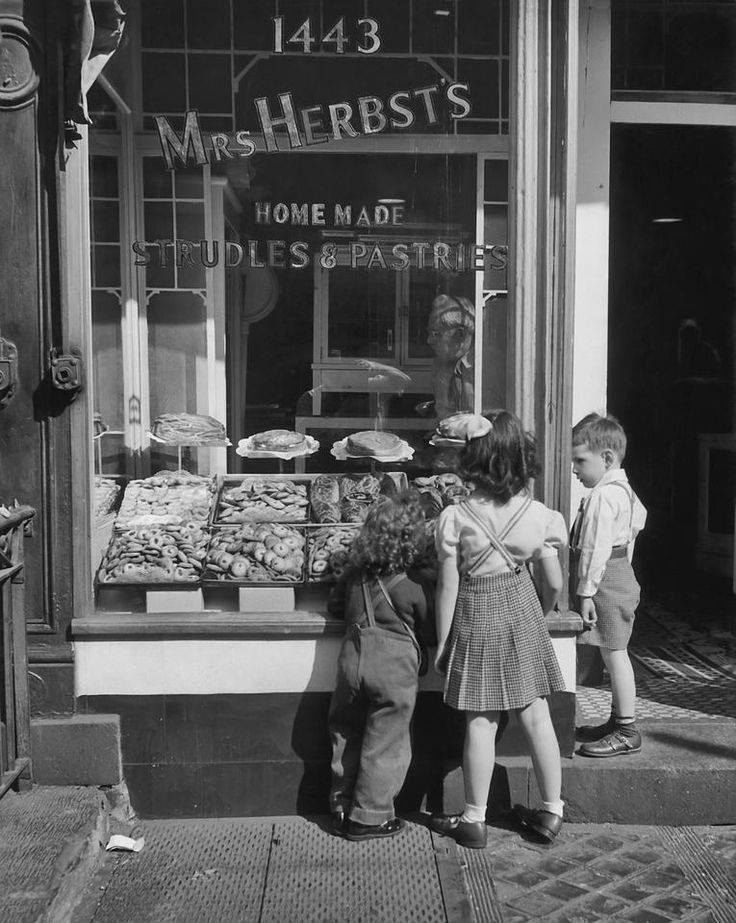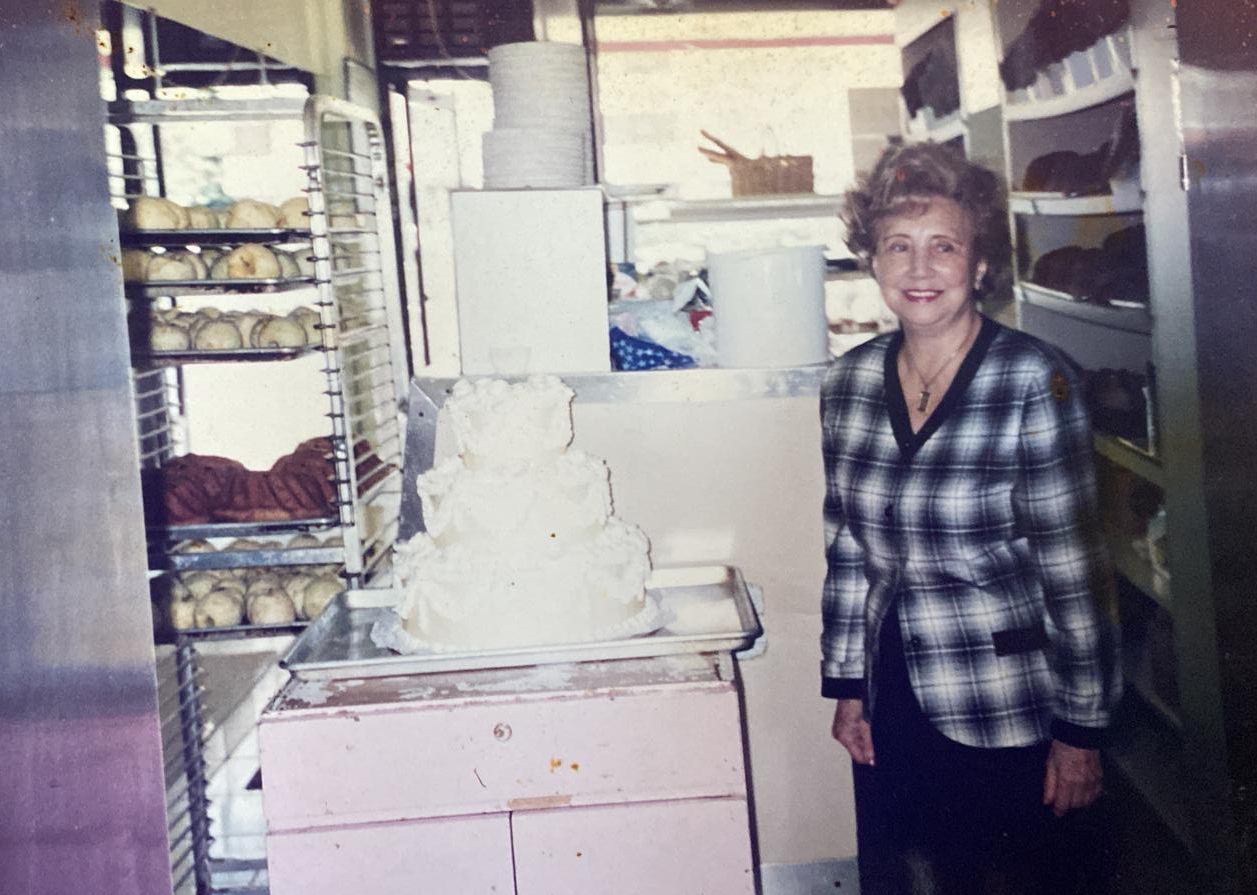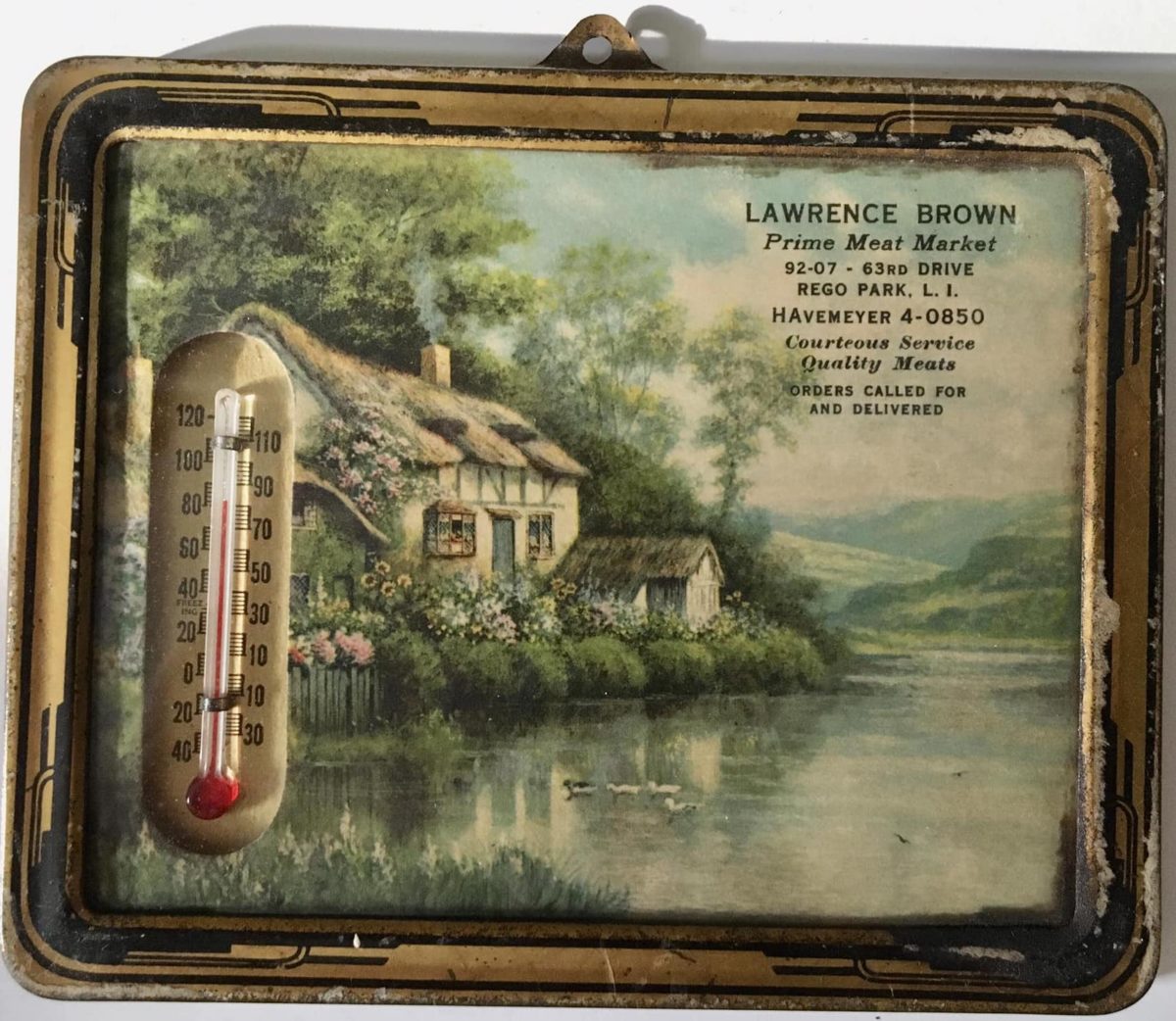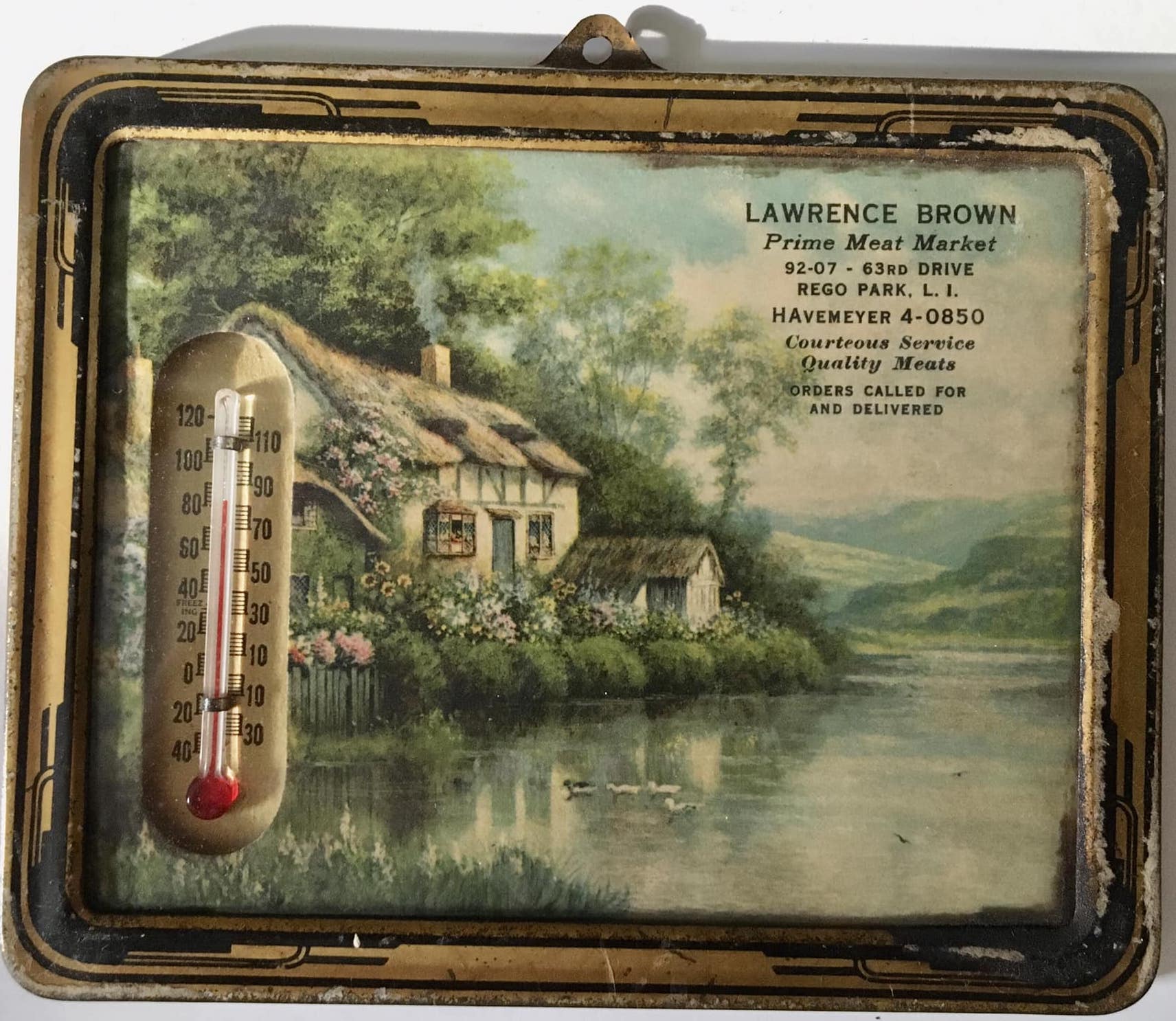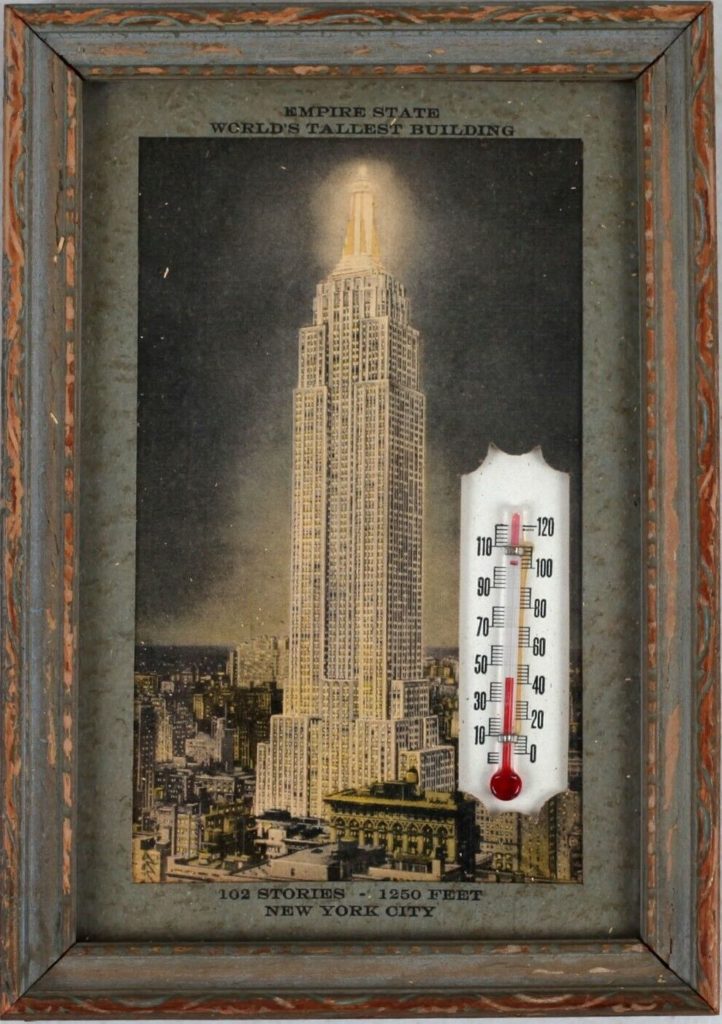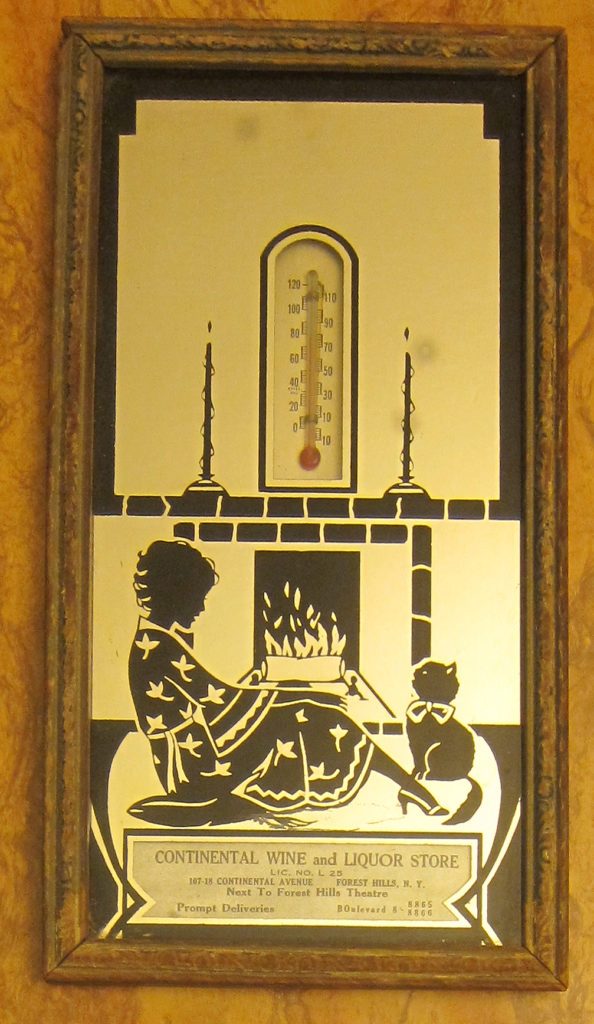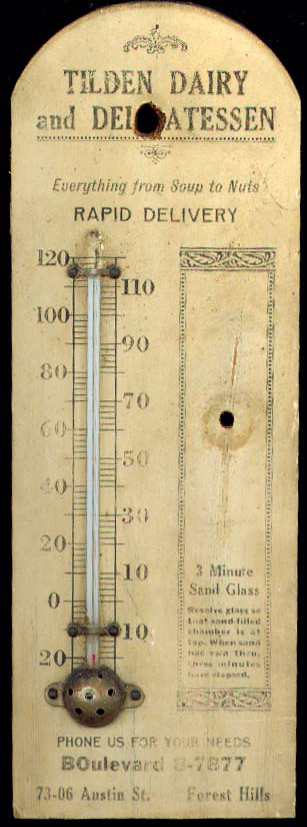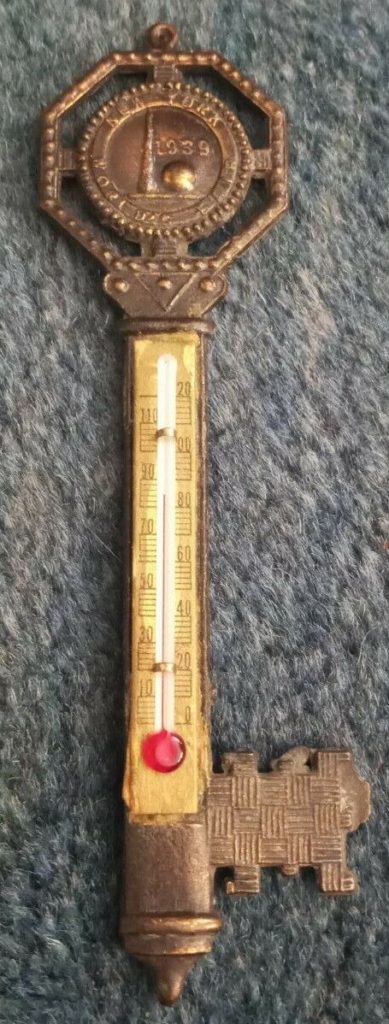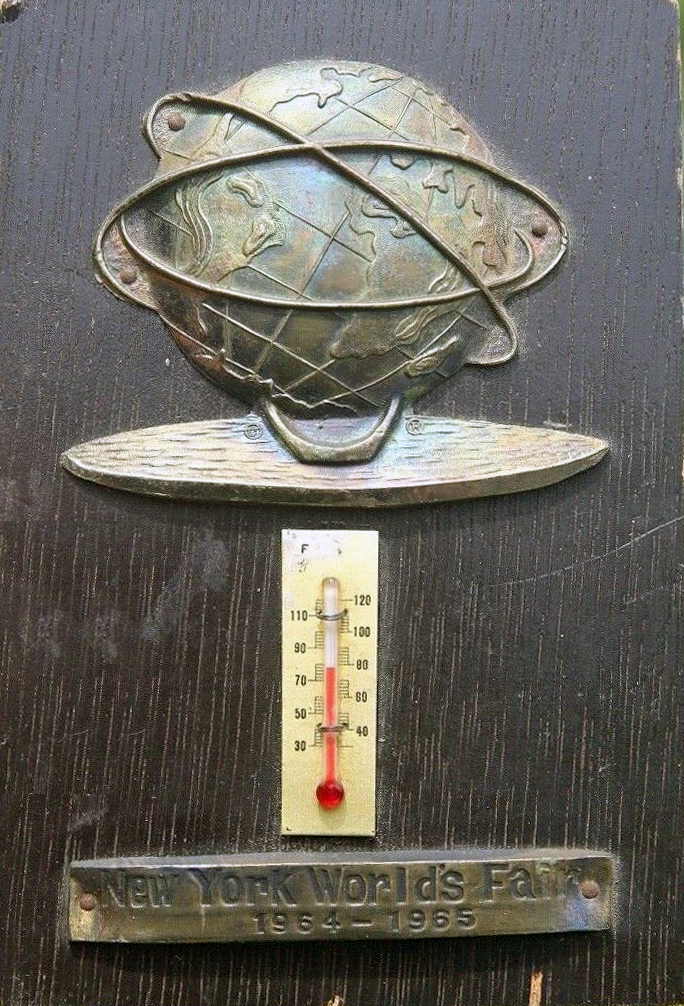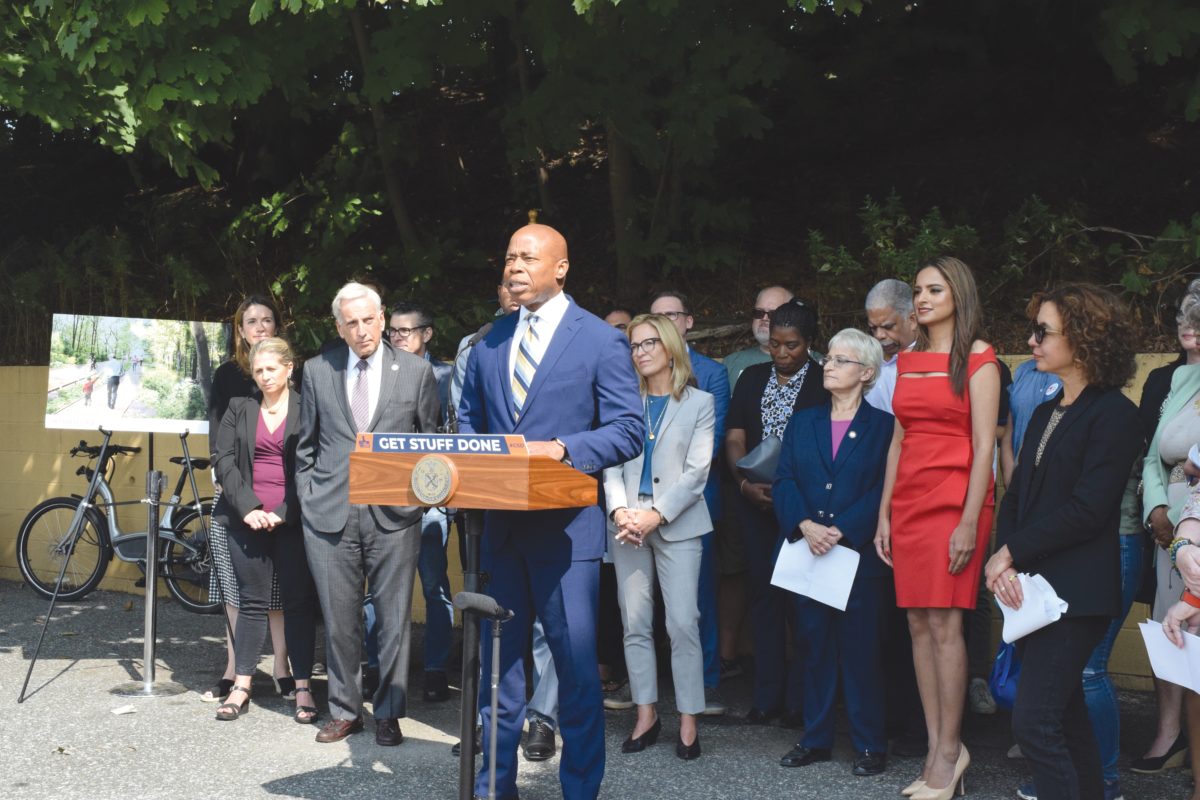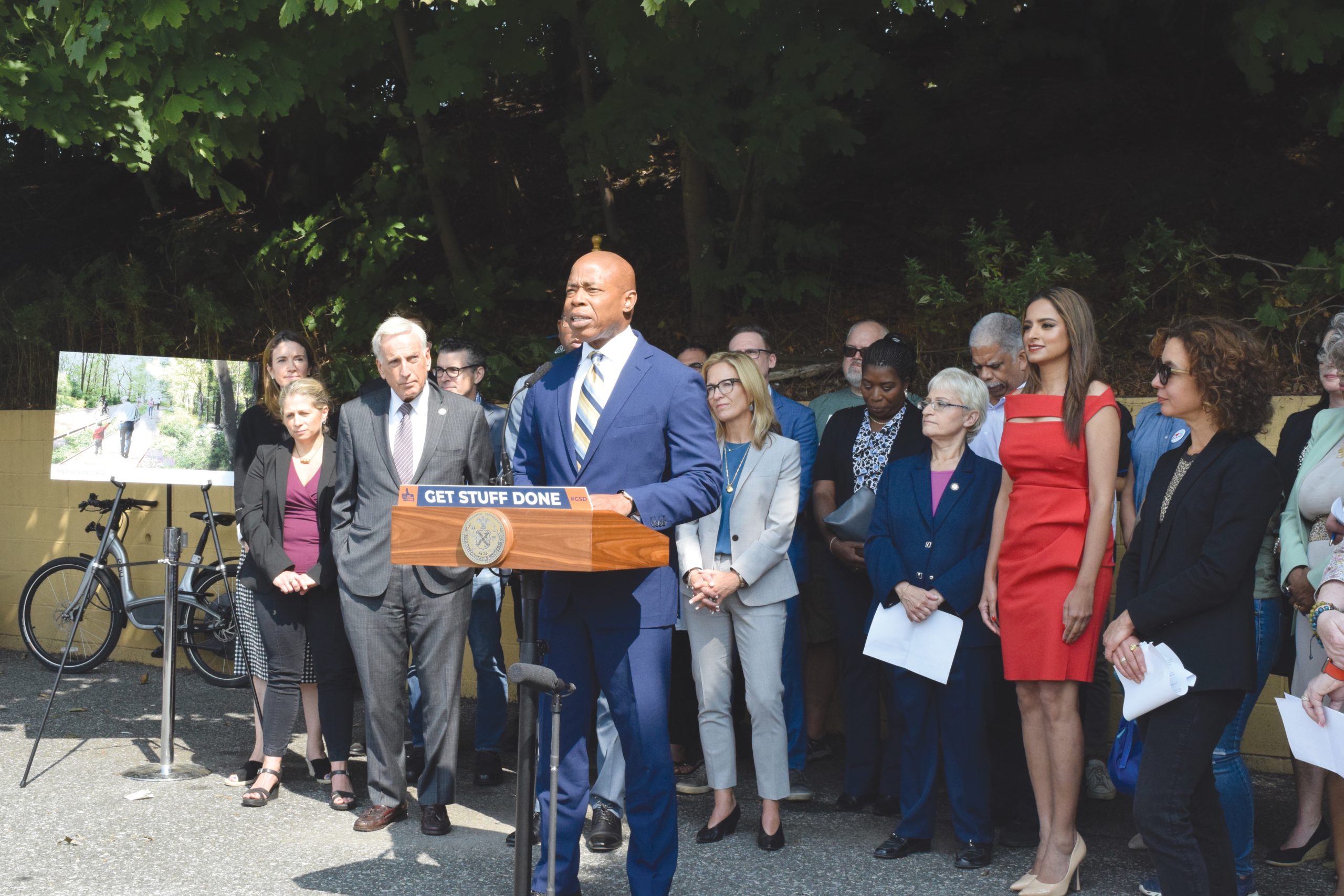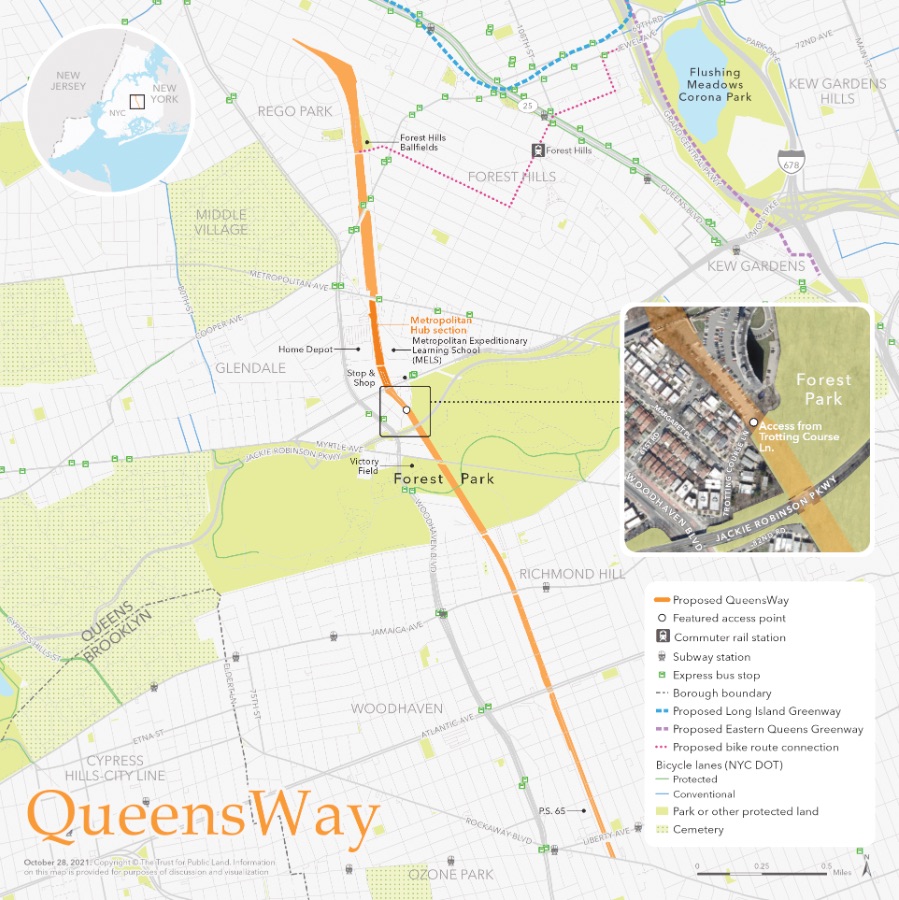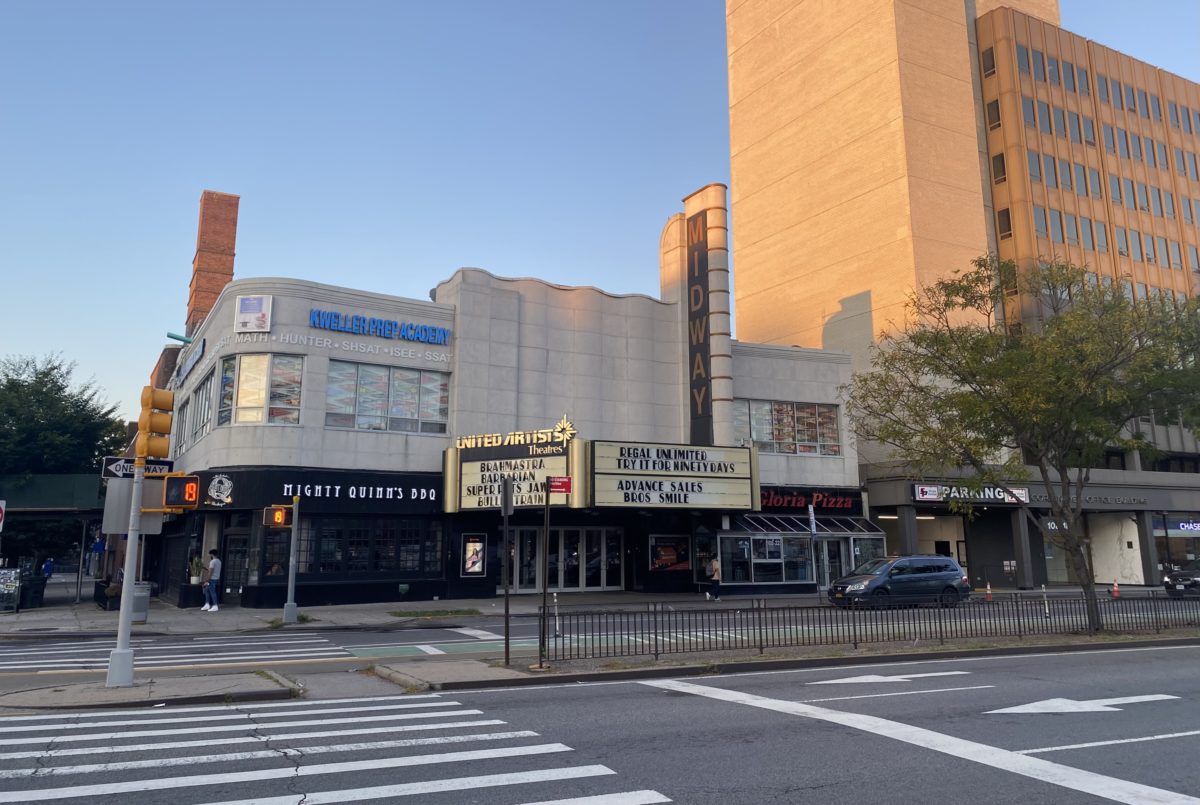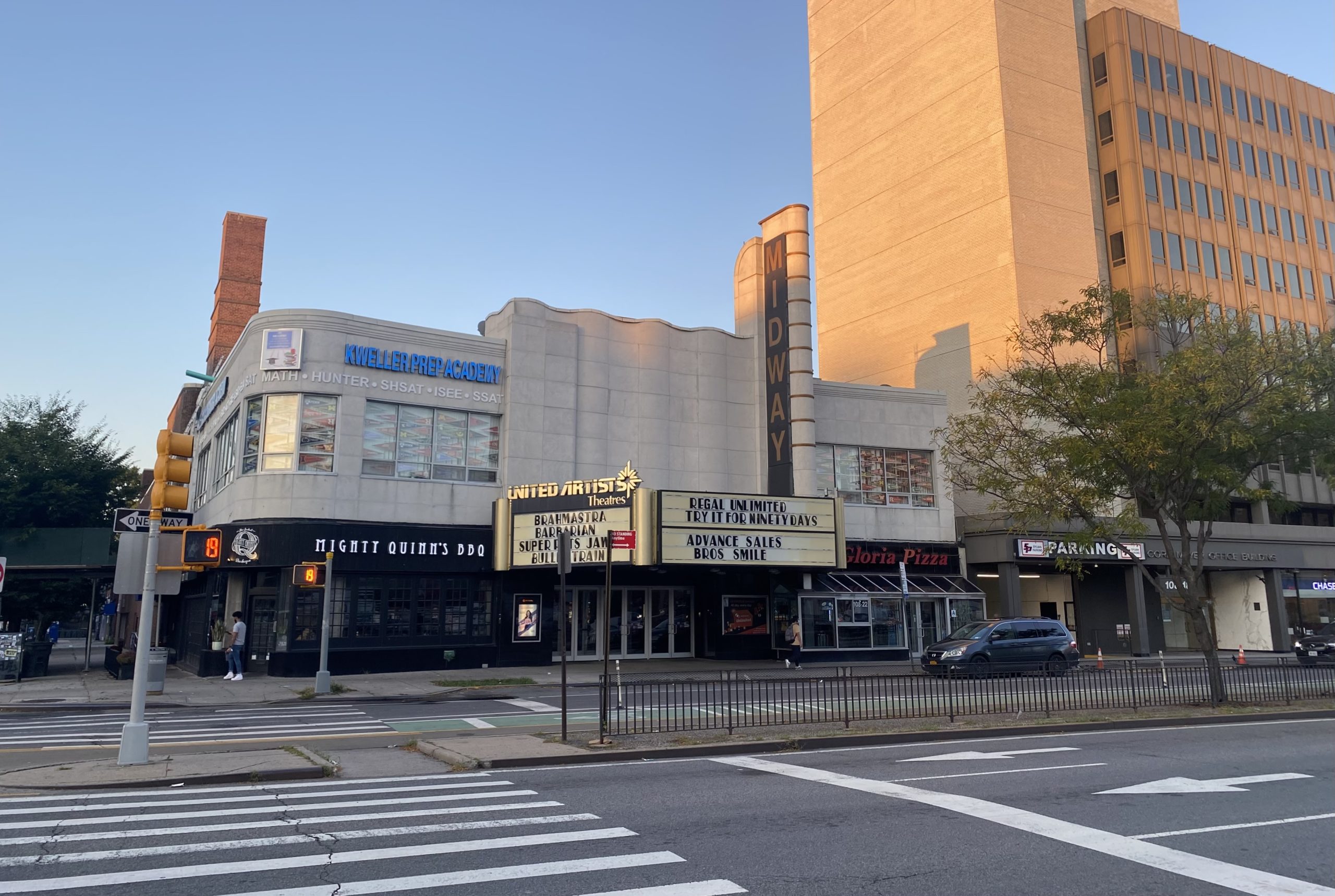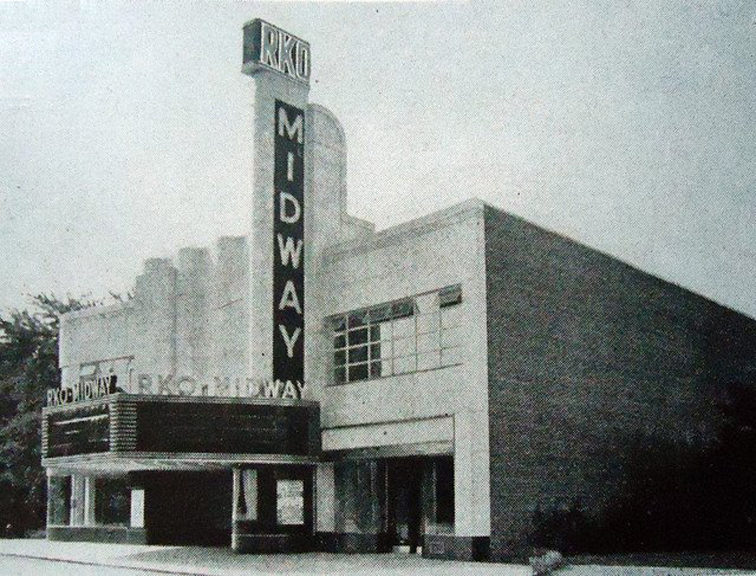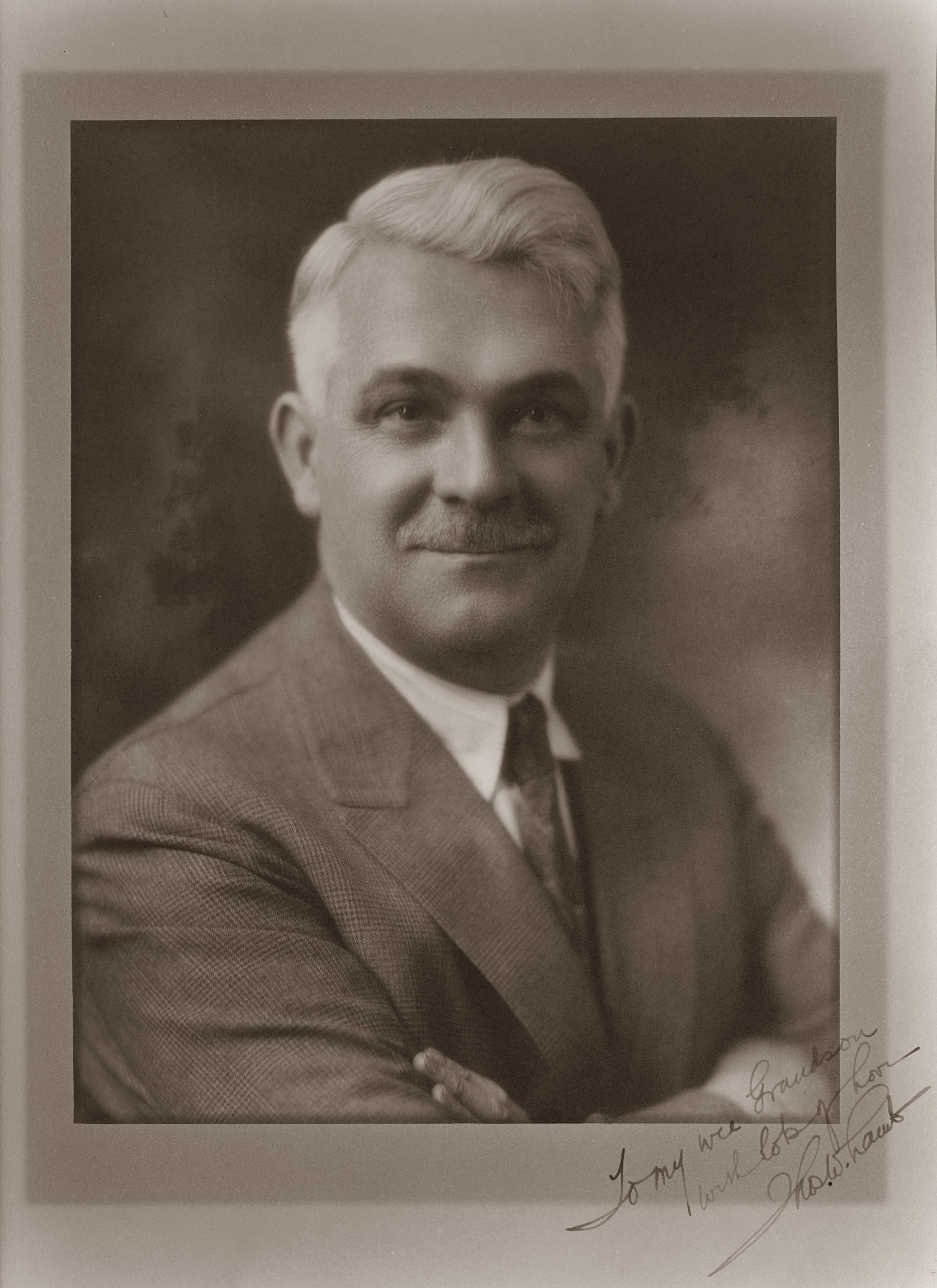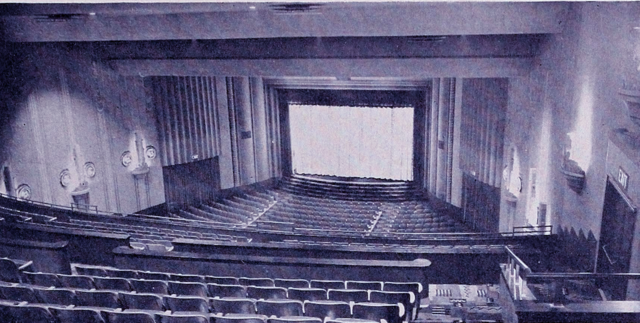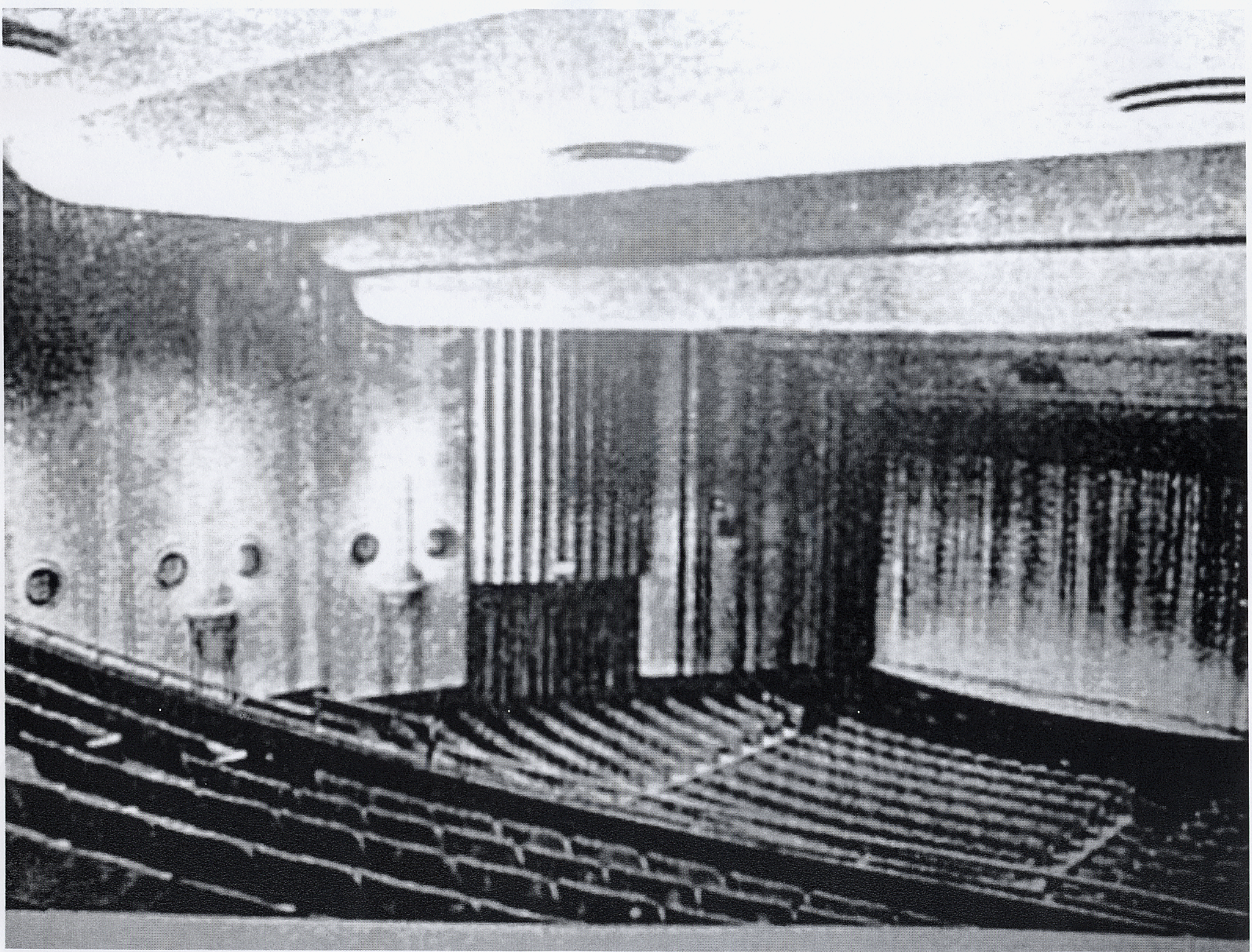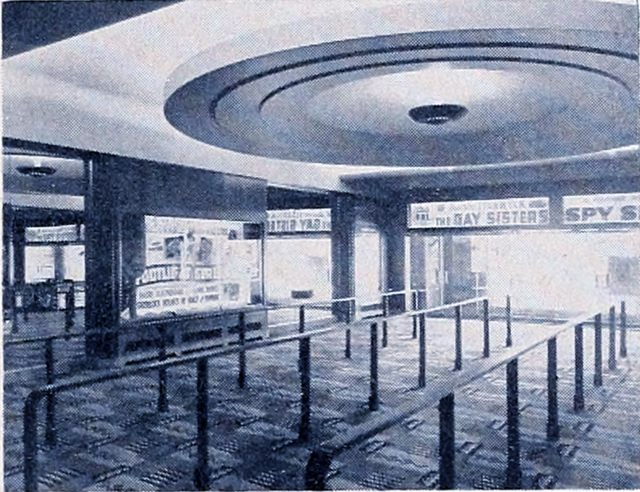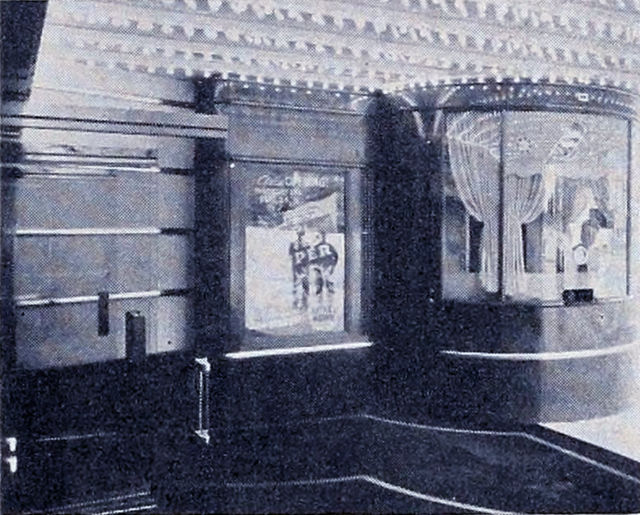Authentic Mexican food & entertainment at Lime & Salt Cantina
A small business with a huge heart
By Michael Perlman
mperlman@queensledger.com
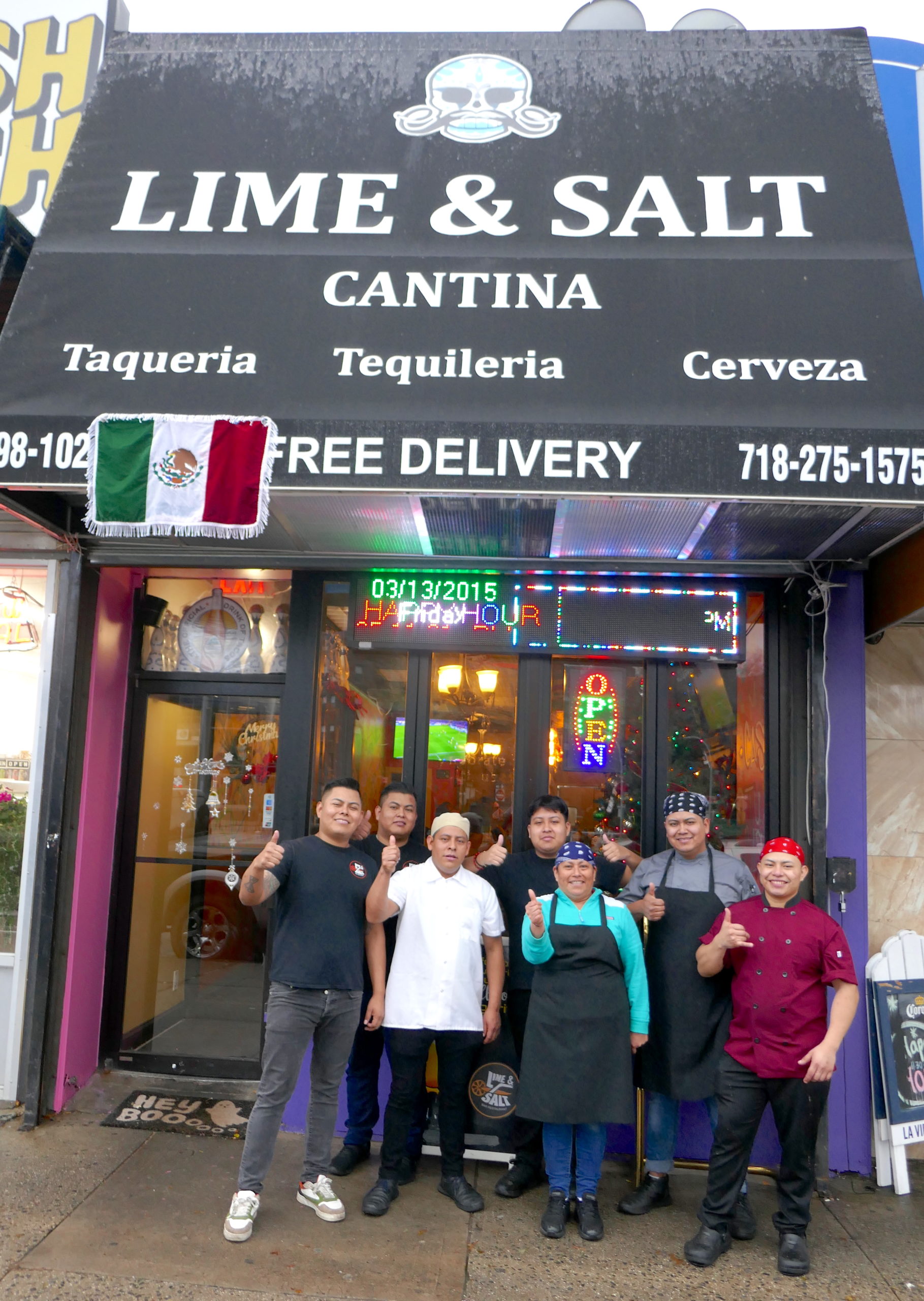
Obet Juarez & his staff Emmanuel, Francisco, William, Claudia, Isidro and Catalino give a thumbs up to community.
Queens is nicknamed the “The World’s Borough.” Holding up to its title is a most diverse culinary landscape, where Lime & Salt Cantina holds the mark of distinction for a Mexican restaurant and bar, inspired by iconic taquerias and longtime traditions.
At 98-102 Queens Boulevard in Rego Park, freshly prepared authentic dishes, cocktails and entertainment come together in a colorful ambiance, creating a unique community destination.
Owner Obet Juarez, a 34-year-old Sunnyside resident, cultivated his dream by bringing part of his native residence of Puebla, Mexico to Queens Boulevard, which came to fruition on Feb. 4 of this year.
From the moment patrons enter, they are often greeted by Juarez and his friendly team. Then the personalization continues while sitting at cozy booths or at the bar, creating the sensation of an extended family.
“My recipe for success is to love what I do,” Juarez said.
The chef is his brother, who not only has experience preparing Mexican dishes that resemble “food art,” but with cuisines including French, Italian and Greek.
“We learned from our mother’s style of cooking and loved it so much, that we wanted to share it with the world by offering our food alongside our famous cocktails to introduce something special for the neighborhood.”
His role model also included his bosses. “I saw how well it went for them, so over the years, I wanted to do the same,” he continued.

A bird’s-eye view of authenticity, courtesy of Lime & Salt.
Signature elements of Puebla, the fourth-largest Mexican city, include its culinary history, pottery and Colonial architecture.
Juarez, who emigrated to the U.S. at age 16, has worked in the culinary industry ever since.
He recalled, “I began working as a dishwasher and then I moved into the kitchen. From there, I worked on the floor and was a bartender for 10 years.”
Juarez takes pride in his heritage. He said, “Throughout my time working in Manhattan, I wanted to open a place that felt like home. I dreamt of a Mexican restaurant, where I could sell food that originated in my home country.” The restaurant name bears cultural significance. “We came up with our name, ‘Lime & Salt’ through the years of saying it, since we use lime and salt for our tacos, beer, shots and more foods. It’s very common and the name sounds catchy,” said Juarez.
Lime & Salt’s walls feature murals of a map of Mexico with maracas, a calavera, which is known as a decorative skull, tacos and a chihuahua bearing the Lime & Salt logo.
Other decorative features include a mariachi sombrero, tequila bottles and traditional colorful collectibles hanging from the walls and the ceiling.
Without a doubt, Lime & Salt’s ambiance has been a breeding ground for unique memories since its opening.
“We have a mural that says, ‘Will You Mariachi Me?,’ and we actually had a couple who got engaged here and took a picture with it,” Juarez said.
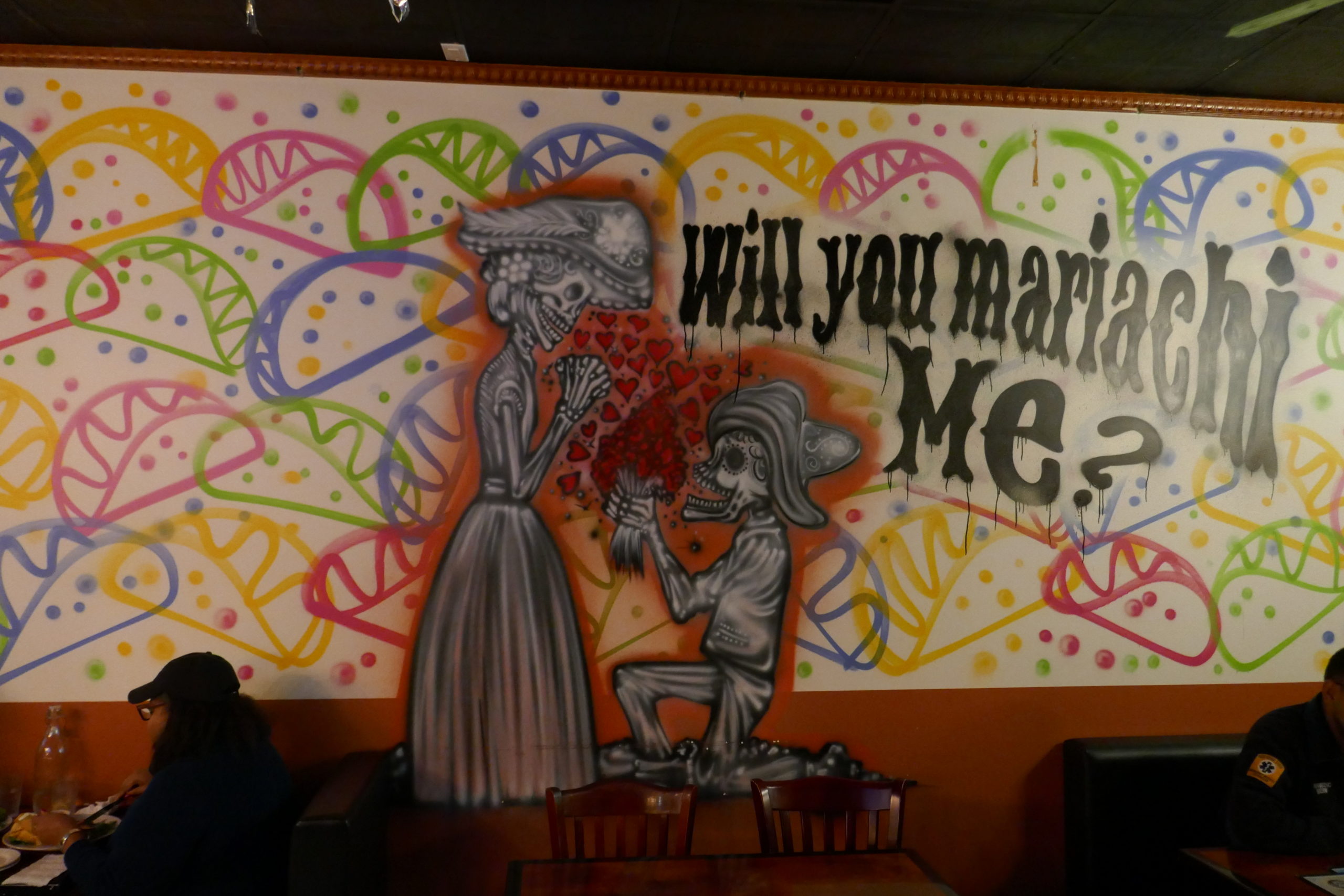
Site of a proposal. Photo by Michael Perlman
Patrons can sing their way into the weekend with karaoke every two weeks on Friday beginning at 7 PM (subject to change). Occasionally, a DJ adds to the vibe.
Juarez explained a most anticipated dish as the nachos and steak nachos to be specific.
“It comes with mozzarella, black beans, ranch, sriracha, pico de gallo, guacamole and any choice of meat ranging from chicken, chorizo, al pastor, steak, shrimp and birria, but what makes the nachos special is the way our chef prepares the chipotle cheese sauce.”
As for the most unique dishes, he highlighted “mole enchiladas.”
“It is from my hometown. It’s a very unique sauce that is made with 60 ingredients. Examples are chocolate, almond, crackers, raisins and different kinds of chili peppers. It’s a sweet sauce, which is very common where I’m from.”
Their signature dish, “Boulevard Molcajete,” consists of carne asada, chicken, chorizo, queso frito, nopales, papalo leaves, cebollitas, cilantro and salsa mocha, which is served with rice, beans and tortillas.
To warm up this winter, “caldo de pollo” soup or “tortilla soup” would do the trick.
Patrons also have a lesson while enjoying a wide selection of taqueria, such as “al pastor,” consisting of onions, cilantro, marinated pork, grilled pineapple, salsa verde, radish and cucumber, which is served with three tacos. Eye-catching sides include adobo fries and nopales & cebollitas.
A meal is not complete without dessert. A classic is the “tres leches” Mexican milk cakes.
A full lineup of unique cocktails includes a “Rego Park Old Fashion,” consisting of bourbon, amaro Averna, special house syrup and orange aromatic bitters.
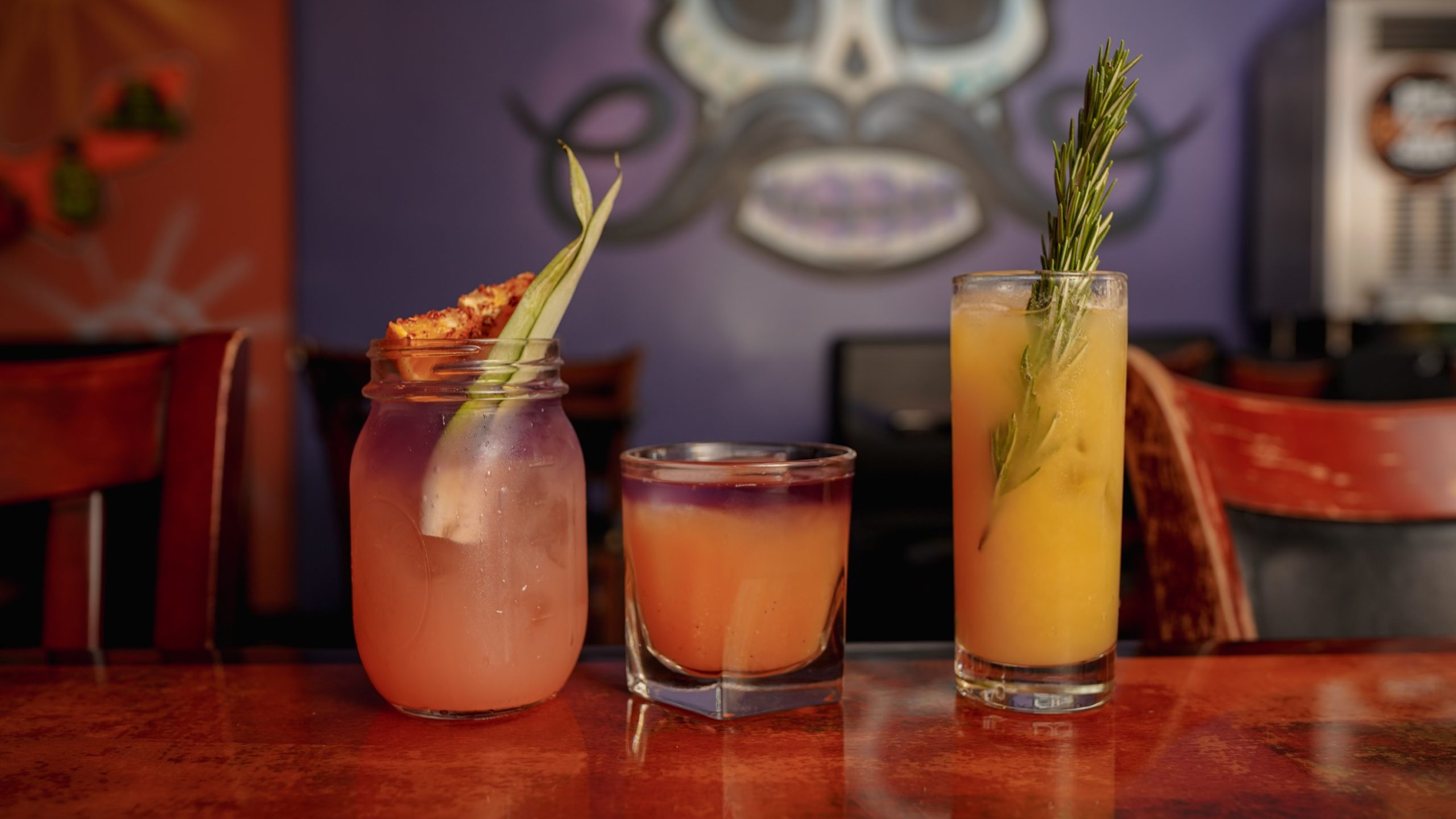
Signature cocktails, courtesy of Lime & Salt
For additional zing, choose a “Sweet & Spicy.” This is a serrano-infused tequila, passionfruit, triple sec and of course, lime and salt tajin.
Juarez is a humanitarian. “I donated outside of my restaurant, but we are open to partnering and contributing to community causes,” he said.
Additionally, he is open to hosting community events, family gatherings, parties for all occasions and catering outside his restaurant.
Besides maintaining his dream business that supports the community, his family and staff, he said, “My long-term plan is to create more jobs by opening more businesses.”
Patrons have warmly welcomed Lime & Salt.
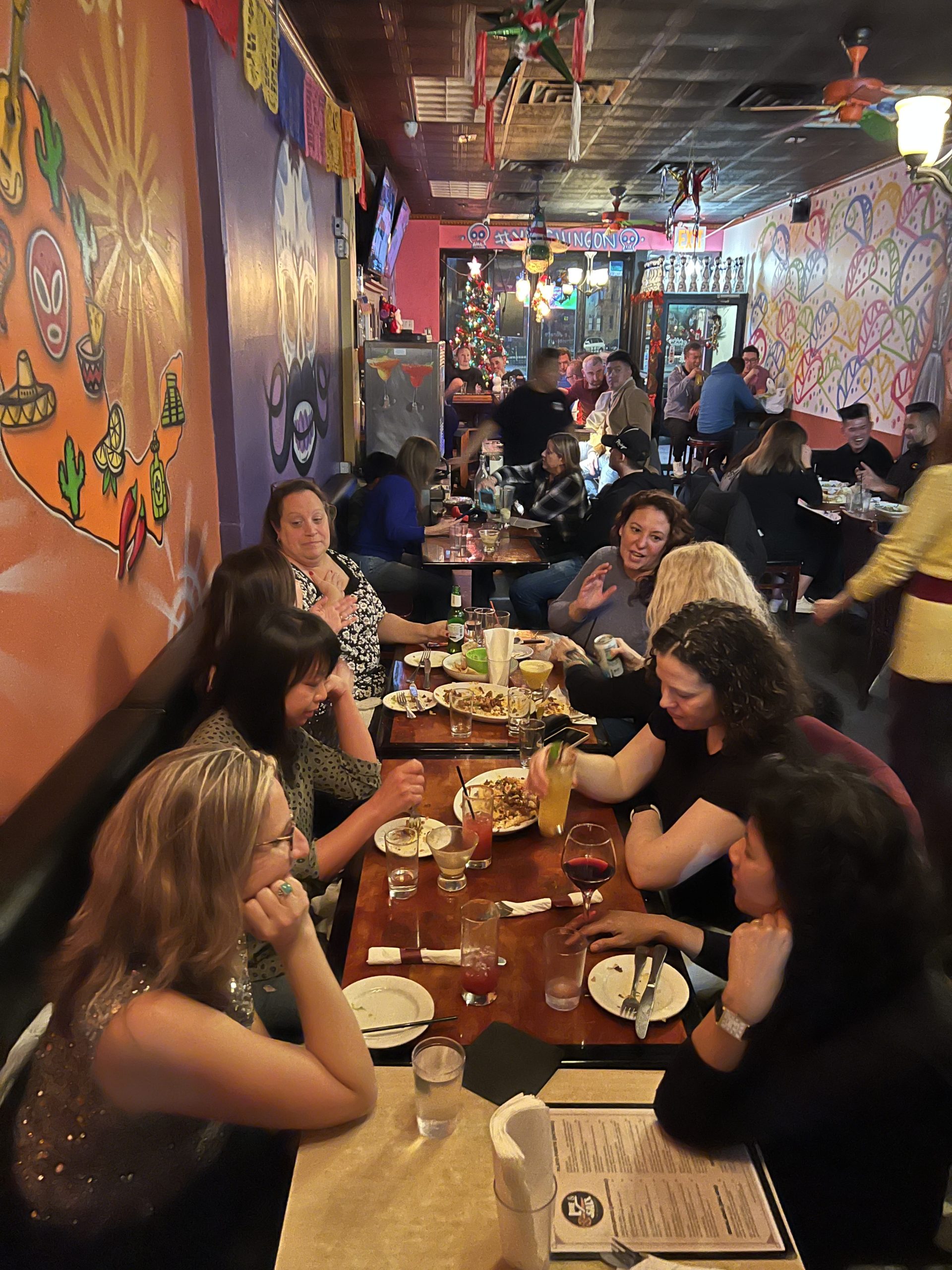
A bustling crowd.
Forest Hills resident Audrey Pavey explained, “After reading about this restaurant on Facebook six months ago, I decided to stop by and try it. I had the ‘Mexican cobb salad’ and I always get it to go. I get home late from work and I’m always looking for a quick and convenient place. I love the flavor of the chicken, chorizo, avocado and corn. I am a creature of habit.”
She also admires the rapport and embraces the small business model.
“The owner and staff are very friendly and always invite me to have a seat at the bar, while I wait for my food to go. It’s a very comfortable atmosphere,” Pavey said. “I try to support our local businesses whenever I can, since it’s important to have a thriving community with places to eat, drink and congregate. I hope Lime & Salt remains part of our community for a long time to come.”
“The food is fresh and full of flavor, and we love it,” said Niki Szenasi of Rego Park. Her daughter can attest to that. “So far, I’ve ordered delivery. My two favorite dishes are the chicken quesadilla and the chicken burrito. The ambiance is colorful and fun. I’m also such a loyal customer due to the friendliness of the staff. Every time I call to place an order, the person on the phone is welcoming and overall very pleasant. It’s so important to preserve small businesses since they add personality and character to our neighborhood and help put money back into it,” Szenasi said.
She envisions holding events there. “I could totally see myself hosting a Women’s Empowerment gathering. It’s a wonderful addition to our neighborhood and I’ll continue supporting Lime & Salt.”
Forest Hills resident Lauren Gantman cannot forget the veggie fajita, which she first tried last summer, and most certainly the accommodations.
“I have food allergies, so the wait staff and manager checked all ingredients. They were able to adjust the platter specifically. It’s important to feel safe eating in a restaurant,” she said.
Eddie Alvarez and his family, who live nearby at Birchwood Towers, discovered Lime & Salt over the summer after encountering Yelp.
“One evening, my wife, our three-year-old and I were blown away by the hospitality, food, overall service and experience. We are big foodies and eat here quite a bit,” he said. “We have been here on Fridays for Happy Hour, as well as socializing with family, friends and kids. I have a small group of Forest Hills dads and we grab drinks occasionally, and last week, my wife scheduled a ‘mom’s night out.’”
Some favorite dishes that they don’t seem to deviate from are nachos, mahi-mahi tacos and shrimp tacos.
Their daughter orders from the Kids Corner menu, and enjoys her empanadas and French fries.
“The food is authentic and seasoned just right, and the drinks measure up,” he continued.
When Juarez is not in the dining area and interacting with patrons, he cherishes his family time, especially with his two daughters.
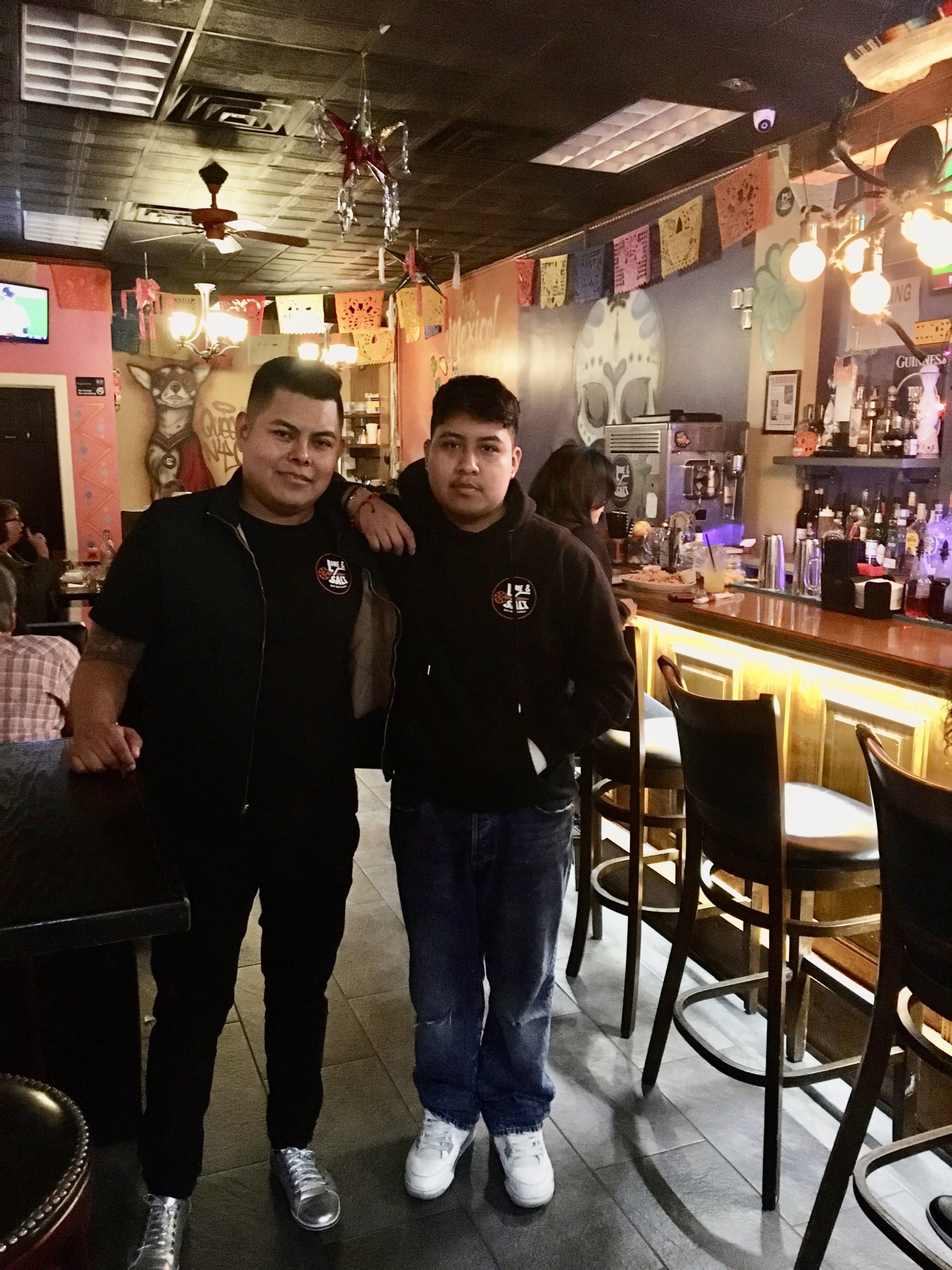
Owner Obet Juarez & manager William, Photo by Michael Perlman.
“We hope to impress this lovely neighborhood and offer new experiences. From what we have noticed, it’s filled with wonderful people who are from various countries, and we are happy to be part of the community,” Juarez said.
Lime & Salt’s hours of operation are from 11:30 am to 11 pm on Monday to Thursday and Sunday, and until 1 AM on Friday and Saturday.
Patrons can call (718) 275-1575 or place an order online via Grubhub, Seamless, Uber Eats and DoorDash.
For more information about this community gem, visit www.facebook.com/limeansaltRegopark, @lime_andsalt on Instagram or www.limeandsaltregopark.com.


